For visitors to my website, my “Build of the Month” (BOTM) Series was created to help those who are trying to get started in building their own Radio Controlled (RC) Model Aircraft.
"Aerofred.com" and "Outerzone.co.uk" are two of my favorite web sites to obtain free RC model airplane plans for my new builds. Additionally, they like to post images of Builder's models, and both sites have posted my RC model images and build descriptions under the heading of the associated aircraft model. Other good sources for free plans are: "Hip Pocket Aeronautics Builders' Plan Gallery", "Vintage & Old-Timer RCM Free Plans", "James Hatton Blog Free Plans and Articles", "Hlsat Blog RCModeler Free Plans and Articles", and "Don Dewey Memorial RCM Plans Collection."
If you are currently not an active builder, and you would like to be, my BOTM Series is a great place to start. If you have an RC model aircraft that you would like to see featured in this section or feel others may find interesting, please let me know and I will make every attempt to find scratch build plans, photos, and maybe even a published build article, which I will then post in a future BOTM edition. Just send me an email @: Build of the Month.
Click on any link below to jump to that 2025 BOTM Edition
May 2025 — Junkers Ju-87
April 2025 — Vought F4U Corsair
March 2025 — De Havilland DH 98 Mosquito
February 2025 — Supermarine Spitfire
January 2025 — Ilyushin IL-2 Stormovik
NOTE - You can view all images in a “Spotlight Box” by simply clicking on any image.
Build of the Month WW-II Mini-Series - May 2025 Edition
I hope you enjoyed last months BOTM WW-II Mini-Series 7th Edition on the Top Flite Vought F4U Corsair model. If you have an RC model that you would like to see featured in this section or feel others may find interesting, please let me know and I will make every attempt to find scratch build plans, photos, and maybe even a published build article, which will then post in a future edition. Just send me an email @: Build of the Month.
Ok, now lets see what I have for the month of May 2025. Continuing with the “BOTM WW-II Mini-Series,” for the 8th Edition we will move back to the European Theater. How about a fighter that is easily recognizable by its inverted gull wings and fixed spatted undercarriage. So given these requirements, this 8th (and final) Edition of my BOTM WW-II Mini-Series features the Junkers Ju-87, a fighter manufactured by the Germany.
Images Source: Wikipedia Junkers Ju-87 Webpage.
Cutaway Drawing Image Source: Cutaway Drawings Webpage.
The Junkers Ju-87, popularly known as the “Stuka”, is a German dive bomber and ground-attack aircraft. Designed by Hermann Pohlmann, it first flew in 1935. The Ju-87 made its combat debut in 1937 with the Luftwaffe's Condor Legion during the Spanish Civil War of 1936–1939 and served the Axis in World War II from beginning to end (1939–1945).
The aircraft is easily recognizable by its inverted gull wings and fixed spatted undercarriage. Upon the leading edges of its faired main gear legs were mounted ram-air sirens known as Jericho trumpets, which became a propaganda symbol of German air power and of the so-called Blitzkrieg victories of 1939–1942, as well as providing Stuka pilots with audible feedback as to speed. Stuka's design included several innovations, including automatic pull-up dive brakes under both wings to ensure that the aircraft recovered from its attack dive even if the pilot blacked out from the high g-forces, or suffered from target fixation. One of the Ju-87C's most unusual features was landing gear struts that could be blown off with explosive bolts, to allow the airplane to ditch without the fixed gear digging in and flipping it.
The Ju-87 operated with considerable success in close air support and anti-shipping roles at the outbreak of WW-II. It led air assaults during the Invasion of Poland in September 1939. Stukas proved critical to the rapid conquest of Norway, the Netherlands, Belgium, and France in 1940. Though sturdy, accurate, and very effective against ground targets, the Stuka was, like many other dive bombers of the period, vulnerable to fighter aircraft. During the Battle of Britain of 1940–1941, its lack of maneuverability, speed, or defensive armament meant that it required a heavy fighter escort to operate effectively.
After the Battle of Britain, the Luftwaffe deployed Stuka units in the Balkans Campaign, the African and the Mediterranean theaters and in the early stages of the Eastern Front war, where it was used for general ground support, as an effective specialized anti-tank aircraft and in an anti-shipping role. Once the Luftwaffe lost air superiority, the Stuka became an easy target for enemy fighters, but it continued being produced until 1944 for lack of a better replacement. By 1945 ground-attack versions of the Focke-Wulf Fw 190 had largely replaced the Ju-87, but it remained in service until the end of the war in 1945.
Germany built an estimated 6,000 Ju-87s of all versions between 1936 and August 1944.
- Actual Aircraft Specifications:
- Crew: Two
- Length: 11.5 m (37 ft 8.75 in)
- Wingspan: 13.8 m (45 ft 3.5 in)
- Height: 3.9 m (12 ft 9.25 in)
- Wing area: 31.9 m2 (343.37 sq ft)
- Empty weight: 3,900 kg (8,598 lb) (equipped)
- Max takeoff weight: 6,600 kg (14,550 lb)
- Power plant: 1 – Junkers Jumo 211J V-12 inverted liquid-cooled piston engine, 1,000 kW (1,400 hp) for take-off 1,050 kW (1,410 hp) at 4,300 m (14,100 ft)
- Propellers: 3-bladed Junkers constant-speed propeller
- Maximum speed: 410 km/h (255 mph, 222 kn) at 4,100 m (13,500 ft)
- Range: 1,535 km (954 mi, 829 nmi) at 5,100 m (16,730 ft) (maximum)
- Service ceiling: 7,300 m (24,000 ft)
- Guns: 2 – 7.92 mm (0.31 in) MG 17 machine guns forward firing, 1 – 7.92 mm (0.31 in) twin MG 81 machine gun to rear
- Bombs: 1 – 250 kg (550 lb) bomb beneath the fuselage and 4× 50 kg (110 lb) under-wing
Images Source: Outerzone Junkers Ju-87B Stuka Webpage.
This months selection of the Junkers Ju-87B Stuka RC scale model is for 4-5 channels and .61 sized engines. The original plans by Royal Marutaka were updated to the re-drawn version, thanks to Ramses de Looff. The updated plan fixes the problem of the previously missing ribs and formers. His plans were then re-scaled back up to a 166cm wingspan, the same as the original Royal Marutaka kit.
With much searching of the web, I could not find much in the way of a build article for this months selection. There is an electric conversion article on the Outerzone link below, and I was able to find a April 1972 RC Modeler article on a Stuka model build, but not of the plans selected this month. But, not all is lost. I was able to locate two very nice Junkers Ju-87 Stuka “Build Threads” with lots of images and great information. The links to those I have provided to you below.
After looking over the updated plans and the build threads I can provide you with a few of my comments. As you will find for most WW-II fighter builds, this is not an RC model for someone just starting to learn how to do a scratch build. The updated plans are great, highly detailed, and provide you with all the wing ribs and fuselage former templates you will need. There also are some assembly steps and additional images showing how to build various structures. I would highly recommend anyone wanting to attempt this build to take the time and go through the build threads I have provide below. They will greatly help you in your build.
- RC Model Specifications:
- Aircraft Type: 1:8.3 Scale Warbird
- Wing Span: 65.45″
- Wing Chord: 15.5″ Root, 3.5″ Tip
- Total Wing Area: 697 square inches
- Wing Location: Low Wing
- Airfoil: Semi-Symmetrical
- Wing Platform: Double Taper
- Fuselage Length: 53.6″
- Stabilizer Span: 25″
- Number of Channels: 4-5 - Throttle, Ailerons, Rudder, Elevator, Flaps
- Ready to Fly Weight: 7-8 lbs. depending on power system selection
- Glow Fuel Engines: .61 2-stroke or .75 4-stroke
- Electric Powered: Output of 1,200-1,500 Watts, 80 Amp ESC, 6 cell 45C LiPo pack of 5,000mah.
The Junkers Ju-87B RC model in this months edition can be built using a set of plans and article available @: “Outerzone.”
Outerzone Junkers Ju-87B Stuka Webpage.
A Very Nice Junkers Ju-87 Stuka Build Thread with LOTS of Images.
Another Very Nice Junkers Ju-87 Stuka Build Thread.
I hope you have enjoyed this months selection, and just maybe, I have spurred some interest in trying your hand at building an RC model airplane.
Until next month - Keep the Balsa Dust Flying!!
Build of the Month WW-II Mini-Series - April 2025 Edition
I hope you enjoyed last months BOTM WW-II Mini-Series 6th Edition on the De Havilland DH 98 Mosquito model. If you have an RC model that you would like to see featured in this section or feel others may find interesting, please let me know and I will make every attempt to find scratch build plans, photos, and maybe even a published build article, which will then post in a future edition. Just send me an email @: Build of the Month.
Ok, now lets see what I have for the month of April 2025. Continuing with the “BOTM WW-II Mini-Series,” for the 7th Edition we will move back to the Pacific Theater again. How about a fighter with a production run that was the longest of any U.S. piston-engine fighter. So given these requirements, this 7th Edition of my BOTM WW-II Mini-Series features the Vought F4U Corsair, a fighter initially manufactured by Chance Vought.
The Corsair is single-seat and single engine fighter/fighter-bomber for day and night-time, featuring a characteristic inverted gull wing (Similar to that of the Junkers Ju-87 Stuka and the Loire-Nieuport 40) and a very long propeller-blade. The development of the Corsair began following a request by the US Navy for twin and single-engine fighters in 1938, with the single-engine required to obtain the maximum speed possible and a stalling speed of no more than 110 km/h (70 mph), and a long range. Interestingly, the initial requirements comprised the aircraft to carry anti-aircraft bombs to be dropped on enemy formations. That same year, Vought – the builder company – was awarded a contract to start with the development of the Corsair, and due to their great demand, additional production contracts were given to Goodyear, whose Corsairs were designated FG, and Brewster, designated F3A.
The Corsair was designed and principally operated as a carrier-based aircraft and entered service in large numbers with the U.S. Navy and Marines in WW-II. It quickly became one of the most capable carrier-based fighter-bombers of the war. Some Japanese pilots regarded it as the most formidable American fighter and U.S. naval aviators achieved an 11:1 kill ratio. Early problems with carrier landings and logistics led to it being eclipsed as the dominant carrier-based fighter by the Grumman F6F Hellcat, powered by the same Double Wasp engine first flown on Corsair’s initial prototype in 1940. The Corsair's early deployment was to land-based squadrons of the U.S. Marine Corps and U.S. Navy.
There were problems with its carrier landing performance which was why the Navy had to opt for the Hellcat, but eventually the handling issues were resolved. The Corsair was rugged, and it boasted of speed, maneuverability and firepower which made it capable of going toe-to-toe with the legendary Zero. It was often referred to as the “Whistling Death” because of its distinctive sound. Although it's an exceptional machine, it was difficult to maintain. Nevertheless, it earned a legendary status in aviation – not only did it gain the fear and respect of its Japanese opponents, but it made quite a name for itself during WW-II, more specifically in conflicts in the Pacific Theater but it also participated in the Korean War and some French-related Cold Wars.
The Corsair was the most effective fighter the US Navy and the USMC had from the moment it was introduced and entered combat in the Solomon Islands in 1943. It was appraised by the pilots due to its performance and its capacity to remove the threat posed by the Mitsubishis A6M Zeros, as well as to break Japanese bombing raids. It was also capable of out-flying and out-fighting any land-based aircraft. It was capable of performing interception, bombing, ground-attack and fighter missions. The Corsair was a fighter that was also an ace-maker, with Kenneth Walsh (21 kills), Gregory “Pappy” Boyington (28 kills) and Joe Foss (26 kills). It was under Boyington lead that his squadron, the “Black Sheep” were the most effective squadron, scoring 97 kills and 103 damaged airplanes on the ground. Noteworthy to remark, the Corsair was also appraised by Admiral Nimitz giving its performance.
The Corsair served almost exclusively as a fighter-bomber throughout the Korean War and during the French colonial wars in Indochina and Algeria. In addition to its use by the U.S. and British, the Corsair was also used by the Royal New Zealand Air Force, French Naval Aviation, and other air forces until the 1960s. From the first prototype delivery to the U.S. Navy in 1940, to final delivery in 1953 to the French, 12,571 F4U Corsairs were manufactured in 16 separate models. Its 1942–1953 production run was the longest of any U.S. piston-engined fighter.
The Corsair saw action in post-WW-II conflicts such as the Korean War, the Indochina War, among others. Many served with other air forces as surplus or donated aircraft, where it served more than 30 years after WW-II was over, when it scored its last air victories and gave an honorable closure to an era past gone. Ten F2G “Super” Corsair series also served as civilian racers after the war.
- Actual Aircraft Specifications:
- Crew: One
- Length: 33 ft 8 in (10.26 m)
- Wingspan: 41 ft 0 in (12.50 m)
- Height: 14 ft 9 in (4.50 m)
- Wing area: 314 sq ft (29.17 m2)
- Empty weight: 9,205 lb (4,238 kg)
- Gross weight: 14,670 lb (6,654 kg)
- Max takeoff weight: 14,533 lb (6,592 kg)
- Power plant: 1 – Pratt & Whitney R-2800-18W radial engine, 2,380 hp (1,770 kW)
- Propellers: 4-bladed
- Maximum speed: 446 mph (717 km/h, 385 kn)
- Cruise speed: 215 mph (346 km/h, 187 kn)
- Stall speed: 89 mph (143 km/h, 77 kn)
- Range: 1,005 mi (1,617 km, 873 nmi)
- Combat range: 328 mi (528 km, 285 nmi)
- Service ceiling: 41,500 ft (12,600 m)
- Rate of climb: 4,360 ft/min (22.1 m/s)
- Guns: 6 – 0.50 in (12.7 mm) M2 Browning machine guns 375-400 rounds per gun
- Rockets: 8 – 5 in (12.7 cm) high velocity aircraft rockets
- Bombs: 4,000 lb (1,800 kg)
Images Source: RCGroups Forums Webpage, and Extracts from Top Flite Plans.
The Top Flite F4U Corsair is a sport scale model of the Chance Vought F4U Corsair, and the plans were designed/drawn by David J. Ribbe. This model may be built as a sport model for sport flying, or detailed out for sport scale competition. Either way, the model possesses a very good scale outline. NOTE - This RC model aircraft is not for beginners, and doing a scratch build using the Top Flite plans is not something for a scratch build beginner. I say this because the Top Flite plans do not contain profiles for all the wing ribs, but the instruction manual does have images of all the die-cut parts. These could be used, if resized to match the full size plans, to make the needed rib templates. Additionally, the wing sheeting on this model is complex and will require some experience in working with balsa sheeting.
The Top Flite Instructions show an OS .61 2-stroke engine side mounted at a 45 degree inverted position. It also shows a Top Flite internal muffler (TOPQ7915). This power package should work very well. The instructions also show the installation of an OS 1.20 4-stroke engine. Even though it is shown mounted inverted, it could also be mounted upright or on its side; the decision is yours. Flexible exhaust systems are available for most 4-stroke engines and there is more than enough room inside the Corsair's cowl to route the exhaust out the bottom. You would also have to change the cowl mounting.
You must decide early in the building process if you are going to use operating wing flaps. These are not required but do add to the Corsair's appearance and flyability. The flaps as described in the instruction manual work very well, giving super stable slow flight with virtually no trim changes. Obviously there is some extra work and craftsmanship required to fit operating flaps to the model. If you use operating flaps, you will need to have (2) standard servos and small Robart hinge points (ROBQ2508) available during the build.
You will need to decide early in your build whether you intend to use retractable landing gear in your Corsair. The Top Flite Corsair is designed to work with the Robart ninety degree rotating retracts (ROBQ1815). Century Jet Models ninety degree rotating retracts (CJMQ3055) are specifically made for this model and will work equally as well. The Century Jet retracts include functional struts as part of a complete kit. Finding retracts may be an issue. There are many reviews and forums on the web that discuss this further.
The Top Flite F4U Corsair is a great flying sport scale airplane that flies smoothly and predictably, yet is highly maneuverable. It does not have the self-recovery characteristics of a primary trainer. Therefore, you must either have mastered the basics of R/C flying or seek the assistance of a competent R/C pilot to help you with your first flights.
- Top Flite F4U Corsair RC Model Specifications:
- Aircraft Type: 1/8th Scale Warbird
- Wing Span: 62.5″
- Total Wing Area: 700 square inches
- Wing Location: Low Wing
- Airfoil: Semi-Symmetrical
- Wing Platform: Double Taper
- Fuselage Length: 50.5″
- Number of Channels: 6 - Throttle, Ailerons, Rudder, Elevator, Flaps, and Retract Gear
- Ready to Fly Weight: 8.5 - 9.5 lbs. depending on power system selection
- Glow Fuel Engines: .60 - .80 2-stroke .90 - 1.20 4-stroke
- Electric Powered: Output of 1,200 - 1,800 Watts, 80-100 Amp ESC, 6 cell 45C LiPo pack of 5,000mah
The Vought F4U Corsair RC model in this months edition can be built using a set of Top Flite Plans and Instructions available @: “Outerzone”
A Top Flite F4U RCM&E Build Blog with Pictures.
Outerzone Vought F4U Corsair Webpage.
I hope you have enjoyed this months selection, and just maybe, I have spurred some interest in trying your hand at building an RC model airplane.
Until next month - Keep the Balsa Dust Flying!!
Build of the Month WW-II Mini-Series - March 2025 Edition
I hope you enjoyed last months BOTM WW-II Mini-Series 5th Edition on the Supermarine Spitfire model. If you have an RC model that you would like to see featured in this section or feel others may find interesting, please let me know and I will make every attempt to find scratch build plans, photos, and maybe even a published build article, which will then post in a future edition. Just send me an email @: Build of the Month.
Ok, now lets see what I have for the month of March 2025. Continuing with the “BOTM WW-II Mini-Series,” for the 6th Edition we will look at a fighter that served in Europe, the Mediterranean, and the Pacific. Lets find a fighter that is a twin-engined, multi role combat aircraft, and unusual in that its airframe is constructed mostly of wood. So given these requirements, this 6th Edition of my BOTM WW-II Mini-Series features the De Havilland DH 98 Mosquito, a fighter manufactured by Great Britain.
The De Havilland DH 98 Mosquito is a British twin-engined, multi role combat aircraft, introduced during the Second World War. De Havilland's design of the Mosquito came about when Britain needed a cheap, easy to build, and capable bomber. Unusual in that its airframe was constructed mostly of wood, which sped up the manufacturing process, it was nicknamed the “Wooden Wonder”, or “Mossie”. In 1941, it was one of the fastest operational aircraft in the world. Many allied and enemy airplane manufacturers sneered at the idea when the Mosquito was conceptualized, with many calling it a large model airplane.
Officials in the British Air Ministry vehemently resisted building it, but from the day production finally began in 1941 until the war ended, the Royal Air Force (RAF) never had enough Mosquitoes to perform the amazing variety of missions that air tacticians devised for this outstanding airplane. It excelled at day and night bombing from high or very low altitudes, long-range reconnaissance, air-to-air combat in daylight and darkness, and finding and striking distant targets at sea. No less than forty-two distinct versions of the DH 98 entered service. At extreme speeds, Mosquitoes carried heavy loads great distances because of two key design features: a lightweight, streamlined, wooden airframe propelled by powerful, reliable engines. The “Wooden Wonder” was constructed from Alaskan spruce, English ash, Canadian birch and fir, and Ecuadorian balsa glued and screwed together in new, innovative ways, and motivated by the world's finest reciprocating, liquid-cooled power plants, a pair of Rolls Royce Merlins. There has never been a more successful, combat-proven warplane made of wood.
Like the Comet and Albatross wings, De Havilland built Mosquito wings out of shaped pieces of wood and plywood cemented together with Casein glue. Approximately 30,000 small, brass wood screws also reinforced the glue joints inside a Mosquito wing (another 20,000 or so screws reinforced glue joints in the fuselage and empennage). The internal wing structure consisted of plywood box spars fore and aft. Plywood ribs and stringers braced the gaps between the spars with space left over for fuel tanks and engine and flight controls. Plywood ribs and skins also formed the wing leading edges and flaps but De Havilland framed-up the ailerons from aluminum alloy and covered them with fabric. Sheet metal skins enclosed the engines and metal doors closed over the main wheel wells when the pilot retracted the landing gear.
The Mosquito flew with the RAF and other air forces in the European, Mediterranean, and Italian theaters. The Mosquito was also operated by the RAF in the Southeast Asian theater and by the Royal Australian Air Force based in the Halmaheras and Borneo during the Pacific War. During the 1950s, the RAF replaced the Mosquito with the jet-powered English Electric Canberra. The Mosquito was a highly successful plane, serving the RAF in various roles. The plane’s high speed of 668 km/h and agility made it a difficult target for the enemy to shoot down. Not bad for a life-sized toy airplane!
The Mosquito flew its last war mission on May 21, 1945, searching for German submarines in waters off the coast of Scotland. In total, between 1940 and 1950, the total number of DH 98 Mosquito aircraft built was 7,781, and were manufactured in the United Kingdom, Canada, and Australia. The type serving with the main Allied air forces, including both the United States and Russia and postwar many were operated by the air forces of France, Belgium, Turkey, Sweden, Dominica, South Africa, Yugoslavia, Australia, Canada, China, Czechoslovakia, Israel, New Zealand and Norway.
- Actual Aircraft Specifications:
- Crew: Two: pilot, bomb aimer/navigator
- Length: 44 ft 6 in (13.56 m)
- Wingspan: 54 ft 2 in (16.51 m)
- Height: 17 ft 5 in (5.31 m)
- Wing area: 454 sq ft (42.2 m2)
- Empty weight: 14,300 lb (6,486 kg)
- Max takeoff weight: 25,000 lb (11,340 kg)
- Power plant: 2 – Rolls-Royce Merlin V-12 liquid-cooled piston engine, 1,710 hp (1,280 kW) each -76 driving the left propeller, -77 driving right
- Propellers: 3-bladed constant-speed propellers
- Maximum speed: 415 mph (668 km/h, 361 kn) at 28,000 ft (8,500 m)
- Range: 1,300 mi (2,100 km, 1,100 nmi)
- Service ceiling: 37,000 ft (11,000 m)
- Rate of climb: 2,850 ft/min (14.5 m/s)
- Guns: 4 – 7.7 mm Browning machine guns, 4 – 20 mm Hispano cannons
- Bombs: 4,000 lb (1,800 kg)
Images above were found online @: Outerzone Mosquito Webpage, extracted from article in July 1983 Model Aviation Magazine, and a Bing Search.
Please note - Much of the following description was extracted from an article written by Frank B. Baker and published in the July 1983 issue of Model Aviation Magazine. The De Havilland DH 98 Mosquito MK IV plans were also designed and drawn by Frank.
The Mosquito is one of the few full-sized aircraft that, when photographed, looks like a model airplane. This is due, in part, to its plywood and balsa construction that results in an exceptionally smooth exterior surface. Modelers seem to have a special affinity for this aircraft. Maybe it is because so much balsa was used in its construction. Frank started from a set of excellent drawings that appeared in the December 1966 issue of Aeromodeller. His DH 98 RC model is 1/12th scale and was designed for OS Max .10FSR engines, uses four-channel controls, and it flies perfectly at a weight of 4-1/2 pounds. It's to scale except for the out-thrusted nacelle's, a feature which gives the model amazing one-engine-out performance.
RC MODEL CONSTRUCTION: While not difficult, the Mosquito must be built in the proper order. Since this model is not for a beginner, Frank does not give a step-by-step account in his article, but he does highlight some of the major things that must be done in proper sequence, as well as, some of the innovations. His article build description starts with the wing, followed by the fuselage, engine nacelles, tail surfaces, and then finishing. This is a fairly straight forward scratch built balsa and ply RC model. Lots of ribs of varying sizes, 13 formers in the fuselage, and 7 more formers in each engine nacelle. But, that is what we “scratch builders” like, right!!
FLIGHT CHARACTERISTICS: Frank reminds his readers that this is a Scale model, and it must be flown with respect. On takeoffs the tail will lift rather quickly, but do not break ground until a lot of speed has been built up. Then use just enough elevator to lift off and climb at a modest angle of attack. Once airborne, the Mosquito is quite fast. The narrow, pointed tips make it quite sensitive to ailerons. This is especially noticeable at higher speeds. Experiment with throws until the ailerons are effective without being sudden. Landings are really fun. Set up a long, flat approach, and control the descent with the throttle. I let it keep flying in a level attitude until the wheels touch, and then I go to full engine idle. The single-engine performance is outstanding. On several flights Frank states he has lost one engine and did not realized it until on final, where he could see the stopped propeller.
A FINAL CAUTION: The gray color and the camouflage is quite effective, and it is easy to lose orientation if the plane gets too far out. Frank punched-in his Mosquito once due to visual mis-orientation and hardly scratched the plane. Keep your Mosquito RC model close. It is a lot prettier up close, and you can see what you are doing. Overall, the Mosquito is a very smooth flying model, and it looks very scale like in the air. One recommendation is to install retracts. What a sight that would be in the air!
- De Havilland DH 98 Mosquito RC Model Specifications:
- Aircraft Type: 1/12th Scale Warbird
- Wing Span: 54″
- Wing Chord: 14″ Root, 4″ Tip
- Total Wing Area: 486 square inches
- Wing Location: Mid-Wing
- Wing Platform: Double Taper
- Fuselage Length: 42″
- Stabilizer Span: 22″
- Stabilizer Chord (including elevator): 6″
- Number of Channels: 4 - Throttle, Ailerons, Rudder, Elevator
- Ready to Fly Weight: 4.5 lbs. depending on power system selection
- Glow Fuel Engines: Two .10 2-stroke
- Electric Powered: Output of 200-300 Watts each, 30-40 Amp ESC's, 3 cell 45C LiPo pack of 3,000-4,000mah.
The De Havilland DH 98 Mosquito MK IV RC model in this months edition can be built using a set of plans and article available @: “Outerzone.”
July 1983 Issue of Model Aviation Magazine.
December 1966 Issue of Aeromodeller.
I hope you have enjoyed this months selection, and just maybe, I have spurred some interest in trying your hand at building an RC model airplane.
Until next month - Keep the Balsa Dust Flying!!
Build of the Month WW-II Mini-Series - February 2025 Edition
I hope you enjoyed last months BOTM WW-II Mini-Series 4th Edition on the Ilyushin IL-2 Stormovik model. If you have an RC model that you would like to see featured in this section or feel others may find interesting, please let me know and I will make every attempt to find scratch build plans, photos, and maybe even a published build article, which will then post in a future edition. Just send me an email @: Build of the Month.
Ok, now lets see what I have for the month of February 2025. Continuing with the “BOTM WW-II Mini-Series,” for the 5th Edition we will look again at the European Theater but this time on the Western Front. How about a fighter that was the best-known British airplane of WW-II. So given these requirements, this 5th Edition of my BOTM WW-II Mini-Series features the Supermarine Spitfire, a fighter manufactured by Great Britain.
Images Source: Wikipedia Spitfire Webpage.
Image Source: An Illustrated Anatomy Of the World’s Fighters.
The Supermarine Spitfire is a British single-seat fighter aircraft used by the Royal Air Force (RAF) and other Allied countries before, during, and after World War II. It was the only British fighter produced continuously throughout the war. The Spitfire remains popular among enthusiasts.
The Spitfire was designed as a short-range, high-performance interceptor aircraft by R. J. Mitchell, chief designer at Supermarine Aviation Works, which operated as a subsidiary of Vickers-Armstrong from 1928. Mitchell developed the Spitfire's distinctive elliptical wing (designed by Beverley Shenstone) with innovative sunken rivets to have the thinnest possible cross-section, achieving a potential top speed greater than that of several contemporary fighter aircraft, including the Hawker Hurricane. Mitchell continued to refine the design until his death in 1937, whereupon his colleague Joseph Smith took over as chief designer.
The Spitfire is notable for its sleek, slender body, which allowed a maximum speed of 580 km/h. It’s also famous because its design and aerodynamic capabilities allowed it to sustain damage and remain in the air. This allowed pilots to withstand a beating during combat and keep on fighting, much to the enemy’s frustration.
Developed in 1938, the Spitfire was kept under wraps during the start of WW-II, with the Hawker Hurricane doing most of Britain’s aerial bidding. Soon, it became clear that the Hurricane was no match for German air superiority, forcing them to try the Spitfire. It did not disappoint!
In addition to its design, the power of the Spitfire was unmatched during WW-II. It had 8 machine guns mounted to deliver a rain of fire to bombers and ground targets alike. It was among the only airplanes that could seriously challenge the aerial superiority of the German juggernaut, the Messerschmitt Bf-109.
During the Battle of Britain, the more numerous Hurricane flew more sorties resisting the Luftwaffe, but the Spitfire captured the public's imagination as the main RAF fighter, in part because the Spitfire was generally a better fighter aircraft than the Hurricane. Spitfire units had a lower attrition rate and a higher victory-to-loss ratio than Hurricanes, most likely due to Spitfire’s higher performance. During the battle, Spitfires generally engaged Luftwaffe fighters, mainly Messerschmitt Bf 109E–series aircraft, which were a close match for them.
The Spitfire reigned the skies during the Battle of Britain as it shot down 529 enemy aircraft, effectively regaining allied control of the air and keeping Britain in the war. It went on to succeed further afield from Europe to the Mediterranean and Pacific theaters of war. In all, over 20,000 Spitfires were built in different variants.
Owing to its wide usage in WW-II and iconic status, many Spitfires have survived into preservation. Some 240 Spitfires are preserved as of 2023; this includes around 60 which are airworthy. Many air museums have Spitfires on static display, for example, Chicago's Museum of Science and Industry has paired a static Spitfire with a static Ju 87 R-2/Trop Stuka dive bomber.
- Supermarine MK 24 Spitfire Aircraft Specifications:
- Crew: One
- Length: 29 ft 11 in (9.12 m)
- Wingspan: 36 ft 10 in (11.23 m)
- Height: 11 ft 5 in (3.48 m)
- Wing area: 242.1 sq ft (22.49 m2)
- Empty weight: 5,065 lb (2,297 kg)
- Max takeoff weight: 6,700 lb (3,039 kg)
- Power plant: 1 – Rolls-Royce Merlin 45 V-12 liquid-cooled piston engine, 1,470 hp (1,100 kW)
- Propellers: 3-bladed Rotol constant-speed propeller
- Maximum speed: 370 mph (600 km/h, 320 kn)
- Range: 479 mi (771 km, 416 nmi)
- Combat range: 248 mi (399 km, 216 nmi)
- Ferry range: 1,100 mi (1,800 km, 960 nmi) with fuel tank
- Service ceiling: 36,500 ft (11,100 m)
- Rate of Climb: 2,600 ft/min (13 m/s)
- Guns: 2 – 20 mm Hispano Mk II cannon (120 rounds per gun)
- 2 – .50 in M2 Browning machine guns (250 rounds per gun)
- Rockets: 2 RP-3 rockets (1 under each wing)
Images Source: RC Universe Webpage.
Plan Images are extracts from Top Flite Plans.
RC MODEL CONSTRUCTION: The Top Flite Gold Edition Spitfire model was chosen to replicate the Mk IX — the second most popular Spitfire ever, reaching a total production of 5,665 aircraft. Considered to be the finest Spitfire of all, the Mk IX went into operational service in July, 1942. The RC model was designed and plans drawn by Craig A. Golema, and the instructions are by Tim Lampe.
Craig's plans are full-size, clearly laid out, and give part locations and descriptions. The plans are used in conjunction with a well-illustrated assembly manual into which Tim has obviously put a lot of work into. Included are not only pictures and step-by-step text, but helpful building tips to make the job easier. Everything you need to know is in it. Just to name a few other items needed to complete the model like hardware, building supplies, tools, and a layout of the die-cut parts. Then there are also sections on engine types, retracts, flaps, and even some tips on scale detailing! What more could you ask for!
Recommended engine sizes include .61-.75 cu. in. 2-stroke, or .70-.91 cu. in. 4-stroke. The Spitfire will fly well with any of the recommended engines. The 4-stroke engines and most .75 cu. in. 2-stroke engines will turn a larger prop at lower RPM. This is often desirable for scale realism. Many .61 cu. in. 2-stroke engines produce about as much horsepower as the popular .75 2-stroke engines and will fly the Spitfire extremely well. If you use a .61 2-stroke, a ball bearing, Schnuerle-ported engine is recommended. The prototype Spitfire weighs 9-1/2 pounds with all of the options, including flaps and the scale cockpit interior and was flown with an O.S. .61 cu. in. engine. This engine provided excellent performance and more than enough power. Although larger engines can be used to power this model, the extra horsepower is not needed.
You can build your Spitfire either with fixed or retractable landing gear. Of course, fixed landing gear will be easier to install than retracts; but Top Flite provides detailed instructions on retract installation so you should have no trouble. The Gold Edition Spitfire is designed to accept the Robart #605 90 degree HD (Heavy Duty with 3/16" struts) pneumatic retracts. You may use other retractable landing gear systems but it is up to you to make any modifications that may be necessary. The Spitfire's fuselage is large enough for straight forward radio gear installation and it still allows plenty of room for the optional scale cockpit kit and retract air tank.
The Top Flite Spitfire is designed to incorporate scale split flaps; however, flaps are optional and not necessary for an excellent flying experience. Without flaps, the takeoff roll is longer and the landing speed is faster. The flaps are not difficult to build, but they do require good craftsmanship to fit well. Flaps add nicely to the model's flight characteristics and scale appearance. Only slight trim correction is needed when flaps are used with the recommended throws. Flaps are highly recommended for those who wish to install them.
- RC Model Specifications:
- Aircraft Type: 1/7th Sport Scale Warbird
- Wing Span: 63″
- Total Wing Area: 687 square inches
- Wing loading: 25-28.5 oz/sq. in.
- Wing Location: Low Wing
- Wing Platform: Double Taper
- Fuselage Length: 53″
- Center of Gravity: 4-1/8″ from the leading edge of the wing
- Number of Channels: 4-6 - Throttle, Ailerons, Rudder, Elevator, Flaps, and Retract Gear
- Ready to Fly Weight: 7.5-8.5 lbs. depending on power system selection
- Glow Fuel Engines: .61-.75 cu. in. 2-stroke, or .70-.91 cu. in. 4-stroke
- Electric Powered: Output of 1,200-1,500 Watts, 80 Amp ESC, 6 cell 45C LiPo pack of 5,000mah, and APC 11x7 - 14x7 E-series prop.
The Spitfire Mk IX RC model in this months edition can be built using a set of full-size plans, assembly manual, and review article available @: “Outerzone.”
Outerzone Spitfire Mk IX Webpage.
I hope you have enjoyed this months selection, and just maybe, I have spurred some interest in trying your hand at building an RC model airplane.
Until next month - Keep the Balsa Dust Flying!!
Build of the Month WW-II Mini-Series - January 2025 Edition
I hope you enjoyed last months BOTM WW-II Mini-Series 3rd Edition on the Mitsubishi A6M Zero model. If you have an RC model that you would like to see featured in this section or feel others may find interesting, please let me know and I will make every attempt to find scratch build plans, photos, and maybe even a published build article, which will then post in a future edition. Just send me an email @: Build of the Month.
Ok, now lets see what I have for the month of January 2025. Continuing with the “BOTM WW-II Mini-Series,” for the 4th Edition we will move back to the European Theater and this time on the Eastern Front. How about a fighter that was the single most produced military aircraft design in aviation history. So given these requirements, this 4th Edition of my BOTM WW-II Mini-Series features the Ilyushin IL-2 Stormovik, a fighter manufactured by the Soviet Union.
The Ilyushin IL-2 is a ground-attack plane that was produced by the Soviet Union in large numbers during the Second World War. To IL-2 pilots, the aircraft was known by the diminutive "Ilyusha". To the soldiers on the ground, it was called the "Hunchback", the "Flying Tank" or the "Flying Infantryman". Its postwar NATO reporting name was Bark.
The IL-2 was designed by Sergey Ilyushin and his team at the Central Design Bureau in 1938. During the war, 36,183 units of the IL-2 were produced, and in combination with its successor, the Ilyushin IL-10, a total of 42,330 were built, making it the single most produced military aircraft design in aviation history, as well as one of the most produced piloted aircraft in history along with the American postwar civilian Cessna 172 and the German then-contemporary Messerschmitt Bf-109.
The IL-2 played a crucial role on the Eastern Front. When factories fell behind on deliveries, Joseph Stalin told the factory managers that the IL-2s were "as essential to the Red Army as air and bread."
The IL-2 was anything but advanced in its mixed wood-and-metal construction, which was relatively easy to manufacture in significant numbers using relatively unskilled workers. But for an aircraft, it was an amazing achievement. Among the Shturmovik’s most important assets were its strength and robustness in combat. The forward fuselage section, protecting the aircraft’s fuel system, radiators and crew station, was built entirely of armor plate. Thus, the IL-2 could, and often did, absorb extraordinary battle damage and survive to fight another day. The protective armor shell employed a special alloy developed for the IL-2; its thickness varied by location on the airframe. Special consideration had been given to a technology that would allow maintenance personnel to stamp the armor steel in the field, thus providing flexibility in the design, especially when Soviet units were forced to operate from primitive forward battle areas.
The IL-2 continued in service into the Cold War period (1947-1991) where it was delivered to Soviet allies across Europe. Bulgaria took on a fleet of 120 IL-2 attackers and 10 IL-2U trainers in 1934 and operated these well into 1954. Similarly, the IL-2 formed a portion of the Hungarian Air Force, and these were flown into 1952. Czechoslovakia took on 33 IL-2 attackers and 2 trainer forms for their part and operated them during the war in 1944 into 1949. Mongolian Army Aviation fielded 71 IL-2 aircraft from 1945 onwards and actively supported them into 1954. Yugoslavia fielded the IL-2 in no fewer than ten Air Force squadrons - the last ones were retired in 1954.
The legacy of the IL-2 lives on today in the Sukhoi Su-25 "Frogfoot", the Soviet answer to the American Fairchild Republic A-10 "Thunderbolt II" (Warthog). Like the IL-2, the Su-25 bristles with a broad armament array (missiles, rockets, gunpods and the like), is developed for low-altitude fighting, and has survivability features such as an ejection seat, twin-engine configuration, and armored systems and sub-systems not to mention active and passive warning and countermeasures systems.
- Actual Aircraft Specifications:
- Crew: Two
- Length: 11.65 m (38 ft 3 in)
- Wingspan: 14.60 m (47 ft 11 in)
- Height: 4.17 m (13 ft 8 in) (tail up)
- Wing area: 38.50 m2 (414.4 sq ft)
- Empty weight: 4,425 kg (9,755 lb)
- Max takeoff weight: 6,360 kg (14,021 lb)
- Power plant: 1 – Mikulin AM-38F liquid-cooled V12 engine, 1,280 kW (1,720 hp) (takeoff power), 1,100 kW (1,500 hp) at 750 m (2,460 ft)
- Propellers: 3-bladed AV-57-158 variable-pitch propeller, 3.60 m (11 ft 10 in) diameter
- Maximum speed: 410 km/h (250 mph, 220 kn) at 1,500 m (4,900 ft)
- Range: 765 km (475 mi, 413 nmi) at 275 km/h (171 mph; 148 kn) and 1,000 m (3,300 ft)
- Service ceiling: 4,525 m (14,846 ft) (service ceiling), 6,360 m (20,870 ft) (absolute ceiling)
- Guns: 2 – fixed forward-firing VYa-23 cannons, 150 rounds per gun
- 2 – fixed forward-firing ShKAS machine guns, 750 rounds per gun
- 1 – manually aimed Berezin UBT machine gun in rear cockpit, 300 rounds
- Rockets: 8 – RS-82 rockets or 4 – RS-132 rockets
- Bombs: 6 – 100 kg (220 lb) bombs in wing bomb-bays and underwing, or 4 – dispensers for 48 – 2.5 kg (5.5 lb) PTAB anti-armour bombs (192 total) in wing bays
Source of Images: Outerzone Ilyushin IL-2 Stormovik Webpage.
RC MODEL CONSTRUCTION: The Stormovik was as important to Russia as the Spitfire was to Great Britain and the Mustang was to America, yet the Stormovik is not well known in the West. Perhaps we modelers can do something about that. As a scale model, the Stormovik has excellent moments. It has a high-lift airfoil, a long, slender fuselage, a huge tail, and short, wide-apart landing gear with big wheels. The full-size Stormovik was designed for rough-field operation and low-speed stability - just the qualities we seek in a scale subject.
It's odd that it is rarely seen in model form; the only other RC design I know of is Bob Underwood's version which placed in the AMA Nats in the early 80s. The Stormovik presented here was prepared by photo-enlarging the Aeromodeler/MAP drawings and filling in the structure. It is exact; no deviations from scale were permitted. If you use the Aeromodeler drawings for “proof of scale” documentation and you follow the plans faithfully, you should receive a perfect score for “accuracy of outline” in AMA scale contests. Only part of the Aeromodeler drawing is presented here; the complete drawing contains additional views and more detail. The Profile publication number 88 is apparently derived from the same Aeromodeler drawing, so it is also excellent scale documentation plus it contains many color schemes.
Upgrading to Precision Scale or FAI scale is possible by adding more details. If you decide to build this airplane, you should first gather all scale documentation before cutting the first piece of wood (see the list of references on the plans). Then, wait for a cold Siberian night, put on your boots and babushka, and march down to your shop. Shove a tape of Shostikovitch's Leningrad Symphony into the stereo and toast a “salut” to Mother Russia. Let's begin..."
WING: Wing construction starts with making wing ribs. It is important to drill the 1/4″ wing rod holes as accurately as possible. Don't drill these holes with a twist drill, it will tear balsa wood instead of cutting it, and it does not permit accurately centering the drill. Here is a better way to do it. Cut a 3/4″ section of 1/4″ O.D. brass tube. Bevel the inside edge of one end with a Dremel grinding stone. Grind the edge to be as sharp as possible. Chuck this in your drill press or electric hand drill. Place a wing rib on a flat piece of pine and slip it under the drill press. Lower the brass tube, motor off, until the tube touches the 1/4″ circle marked on the rib. Align to a perfect match and turn on the drill. Lower the tube slowly until resistance is felt and withdraw. Voila! - a perfect hole. Remove the tube and push out the balsa plug. Resharpen after every 10 holes.
The wing is built on a wing jig, one panel at a time. If you have a commercial wing jig, use it. Otherwise, buy two 3′, 1/4″ steel rods from the local hardware store. Apply a very thin coat of oil to the rods, just in case some glue spills on them. Lay these over the wing plan, raised on short sections of wooden blocks beyond the root rib and tip rib. The image below shows my wing jig being used to build a Bokkie wing. It works GREAT! You can build the same wing jig using the August 1967 RCM Article available @: RCBookcase.com.
FUSELAGE: The fuselage structure is “flat sides and formers” typical of pattern ships and non-scale airplanes. Use light materials for everything aft of the Center of Gravity and hollow the tail blocks to save weight. Use only 4-6 pound grade balsa. Remember that any unnecessary weight in the tail must be paid for by 6 times as much counterweight in the nose, and all unnecessary weight degrades performance.
FLIGHT CHARACTERISTICS: Check and double-check the balance point (C.G.) as shown on the plans. Further forward is okay, but don't let the C.G. be aft of this point. If the plane turns out to be considerably heavier than 9 pounds, the C.G. should be even further forward. Ground handling is outstanding. No up elevator is required for starting the take-off roll, just hit the loud-lever and steer with the rudder. When properly trimmed, it will lift off by itself. Good ground handling is to be expected, considering the rough field conditions for which the original was designed.
The plane is quite stable and very smooth flying. Slow rolls are axial and uniform in roll rate. Low passes are chilling, this is the airplane that destroyed 70 German tanks in 20 minutes. When you see those cannon barrels coming at you and you hear the engine snarling, remember that the German Army called this airplane Schwarz Tod — “Black Death.” The flaps are very effective. Steep descents for landing with full flap cause no buildup in airspeed. 40 degrees of flap is about right for a normal landing approach or for slow fly-bys. This permits slow flight without loss of stability. But full flap should be used only in steep descents, they slow the airplane too much in level flight. The stronger the wind, the less flap deflection. If the wind is greater than 15 mph, don't use any flap at all for landings. Never use flaps for take-offs except, perhaps, partial flap in dead-calm air.
Spins are slow with no tendency to become flat. Neutralizing the rudder and elevator instantly stops the spin. At the elevator throw shown on the plans, entry to the spin is critical. If you wish to do spins as a contest maneuver, you must use greater elevator throw for more reliable spin entrance, a good application for dual rates.
- RC Model Specifications:
- Aircraft Type: Sport Scale Warbird
- Wing Span: 70″
- Wing Chord: 18″ Root, 7″ Tip
- Total Wing Area: 880 square inches
- Wing Location: Low Wing
- Airfoil: 14 percent Scale Flat Bottom
- Wing Platform: Double Taper
- Dihedral each Tip: 2″
- Fuselage Length: 58″
- Stabilizer Span: 25″
- Stabilizer Chord (including elevator): 9″
- Total Stab Area: 235″
- Number of Channels: 6 - Throttle, Ailerons, Rudder, Elevator, Flaps, and Retract Gear
- Ready to Fly Weight: 144 oz. depending on power system selection
- Glow Fuel Engines: .90 - 1.08 2-stroke or 1.2 4-stroke
- Electric Powered: Output of 1,800-2,400 Watts, 80-120 amp ESC, 4-6 cell 45C LiPo pack of 5,000mah.
The Ilyushin IL-2 Stormovik RC model in this months edition can be built using a set of plans and article which are available @: “Outerzone.”
Outerzone Ilyushin IL-2 Stormovik Webpage.
I hope you have enjoyed this months selection, and just maybe, I have spurred some interest in trying your hand at building an RC model airplane.
Until next month - Keep the Balsa Dust Flying!!
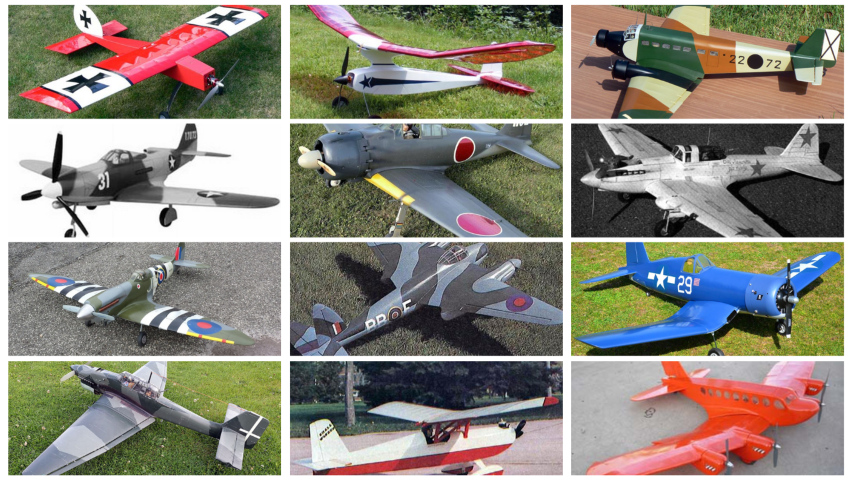




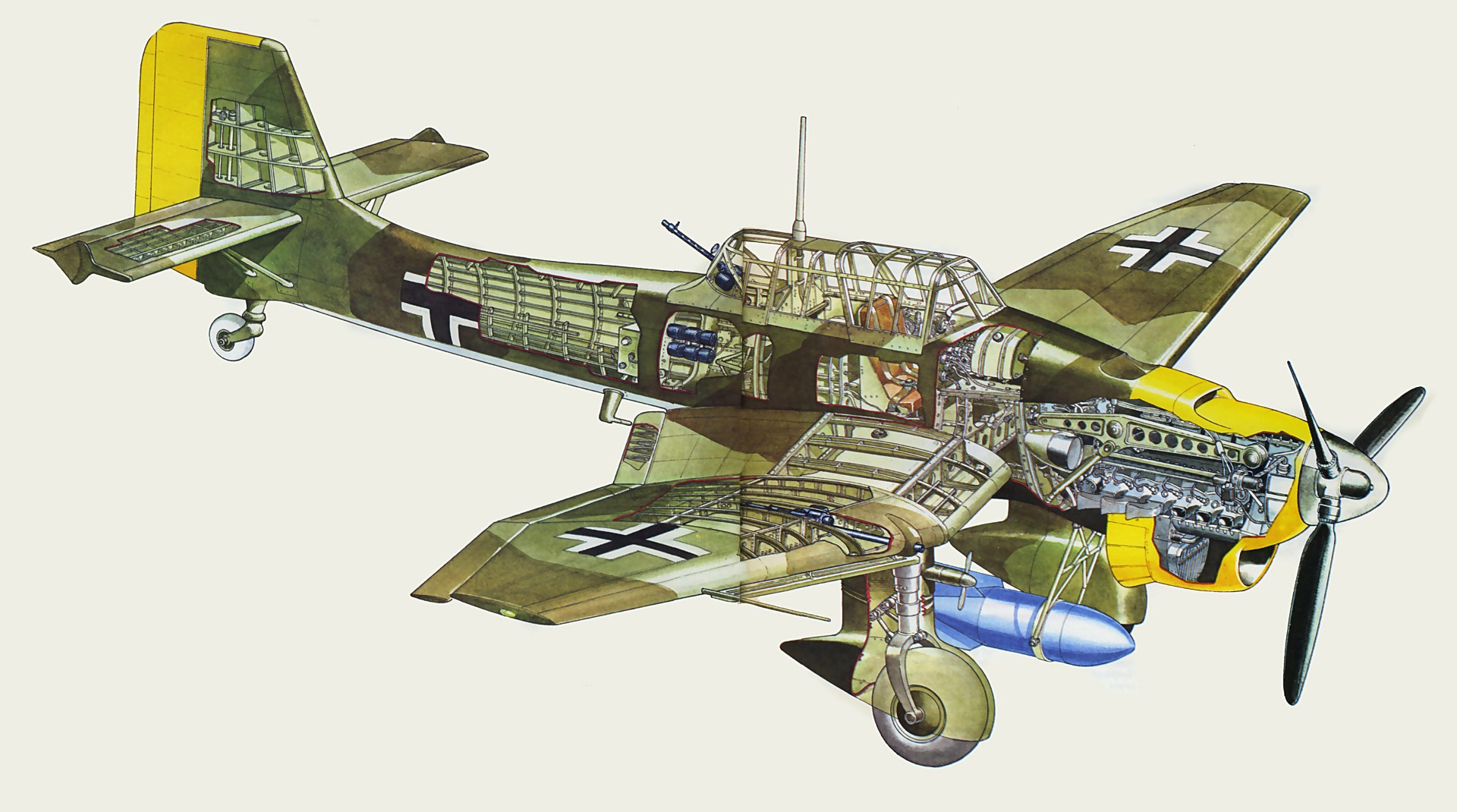






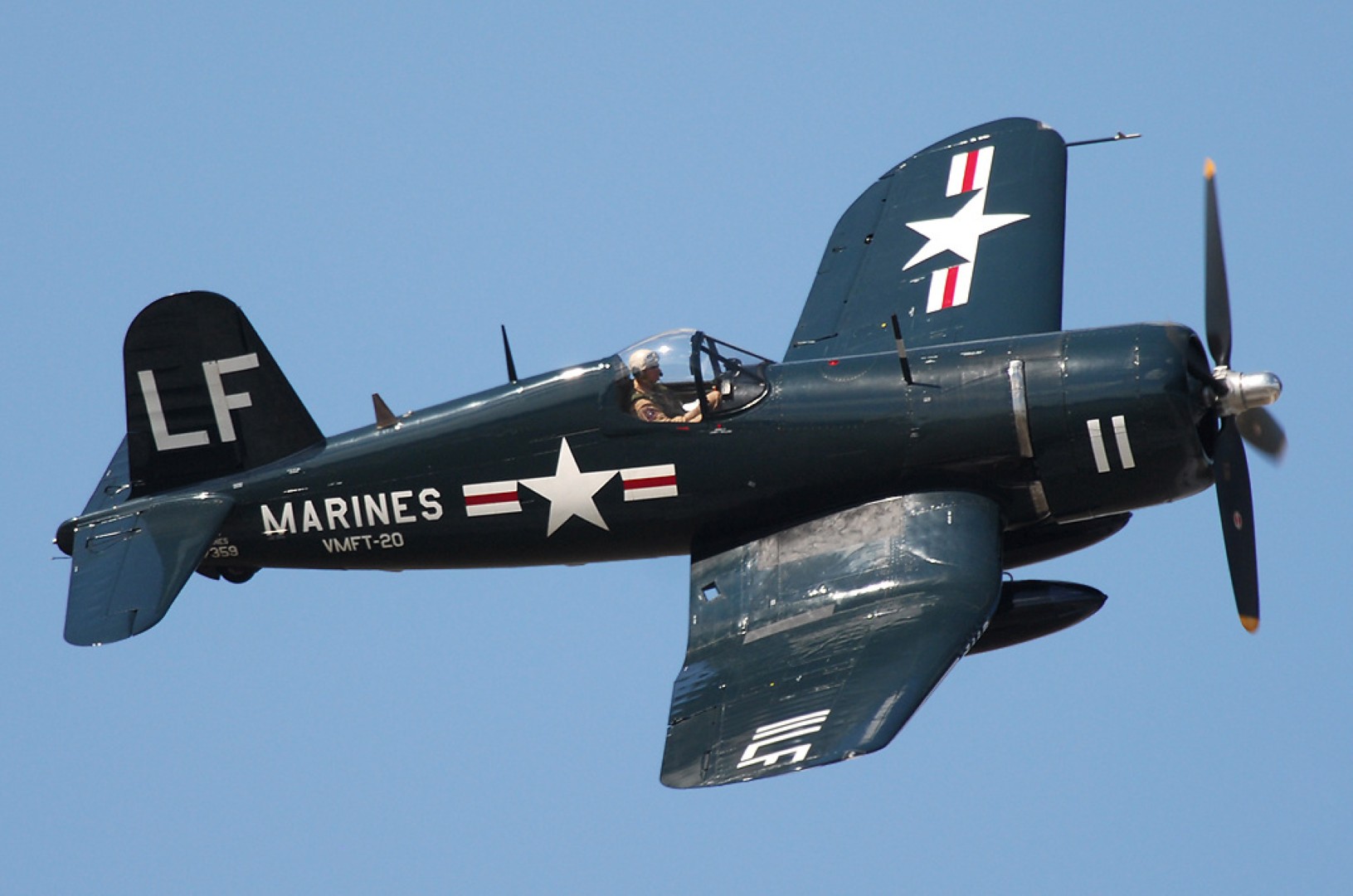
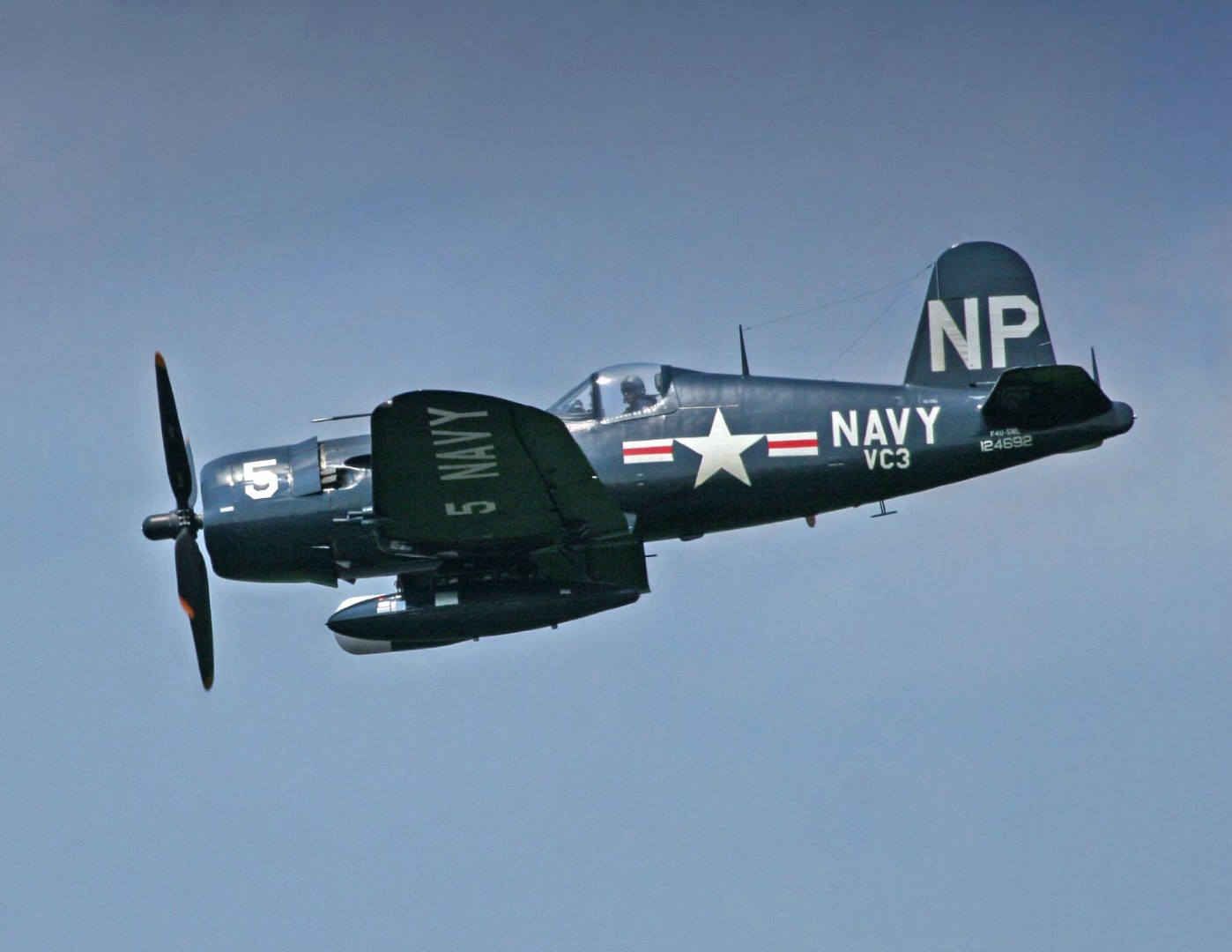
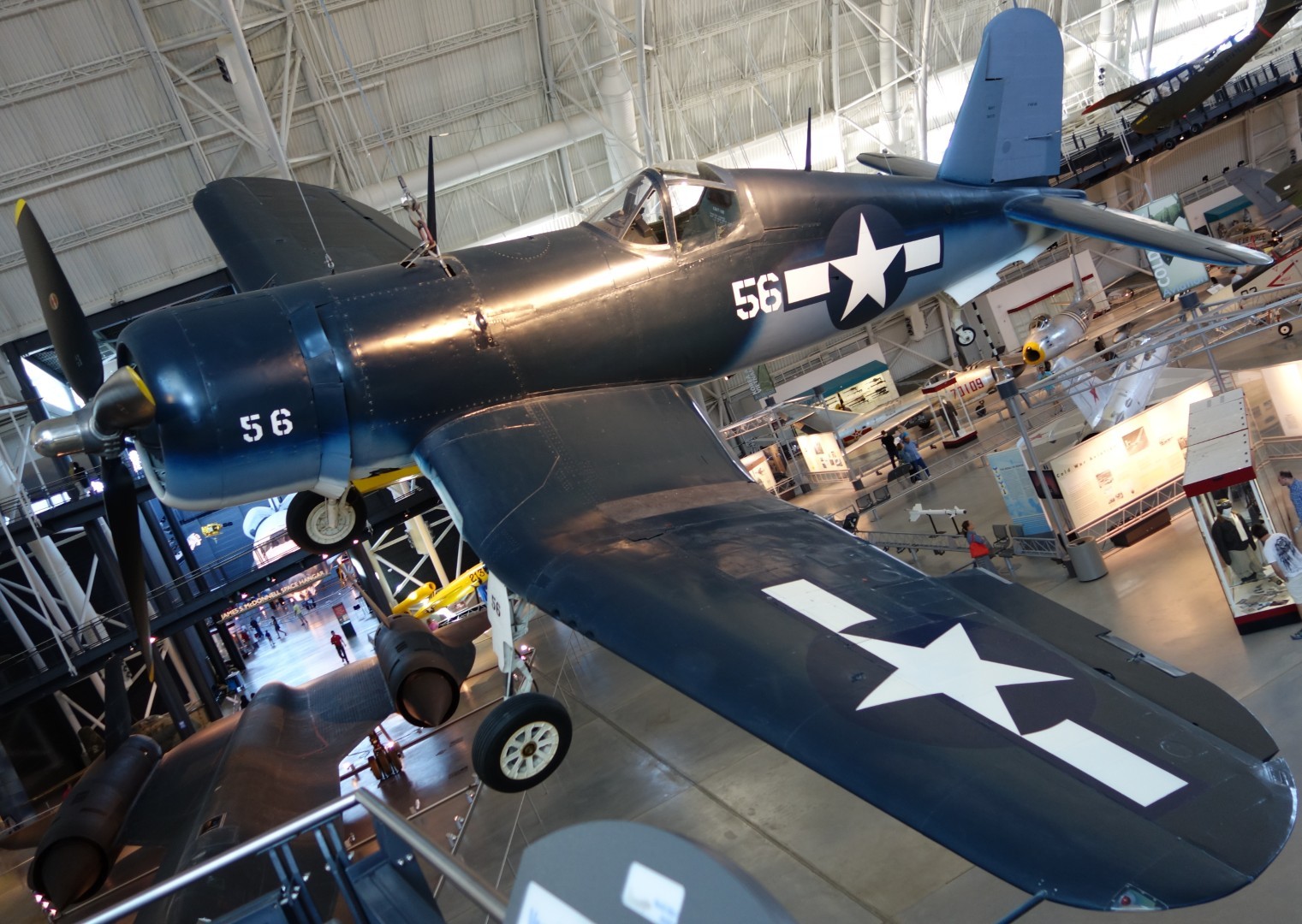
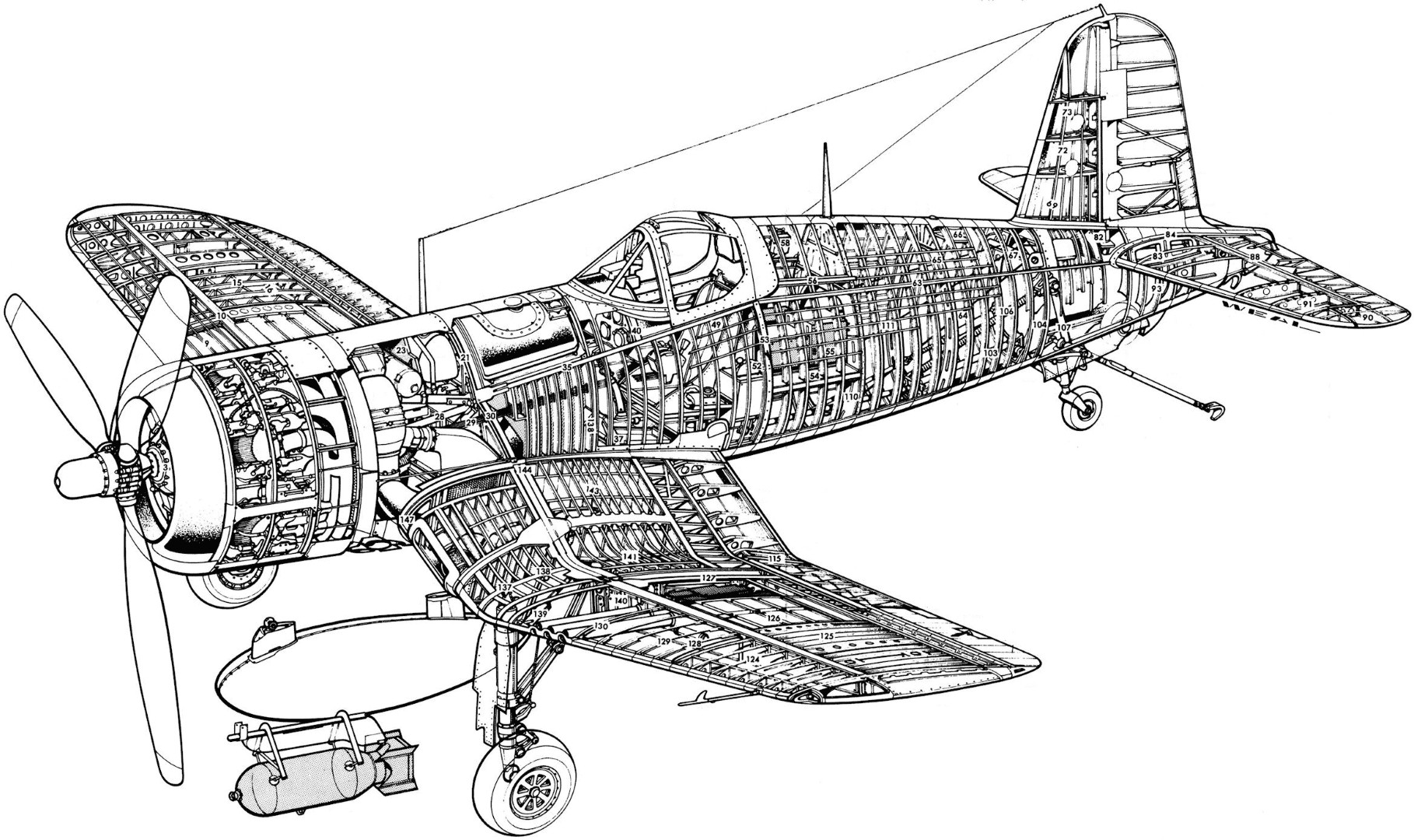
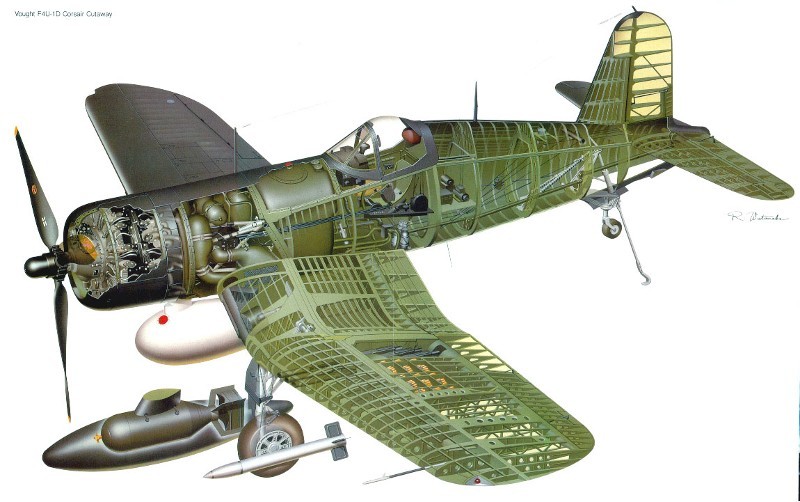
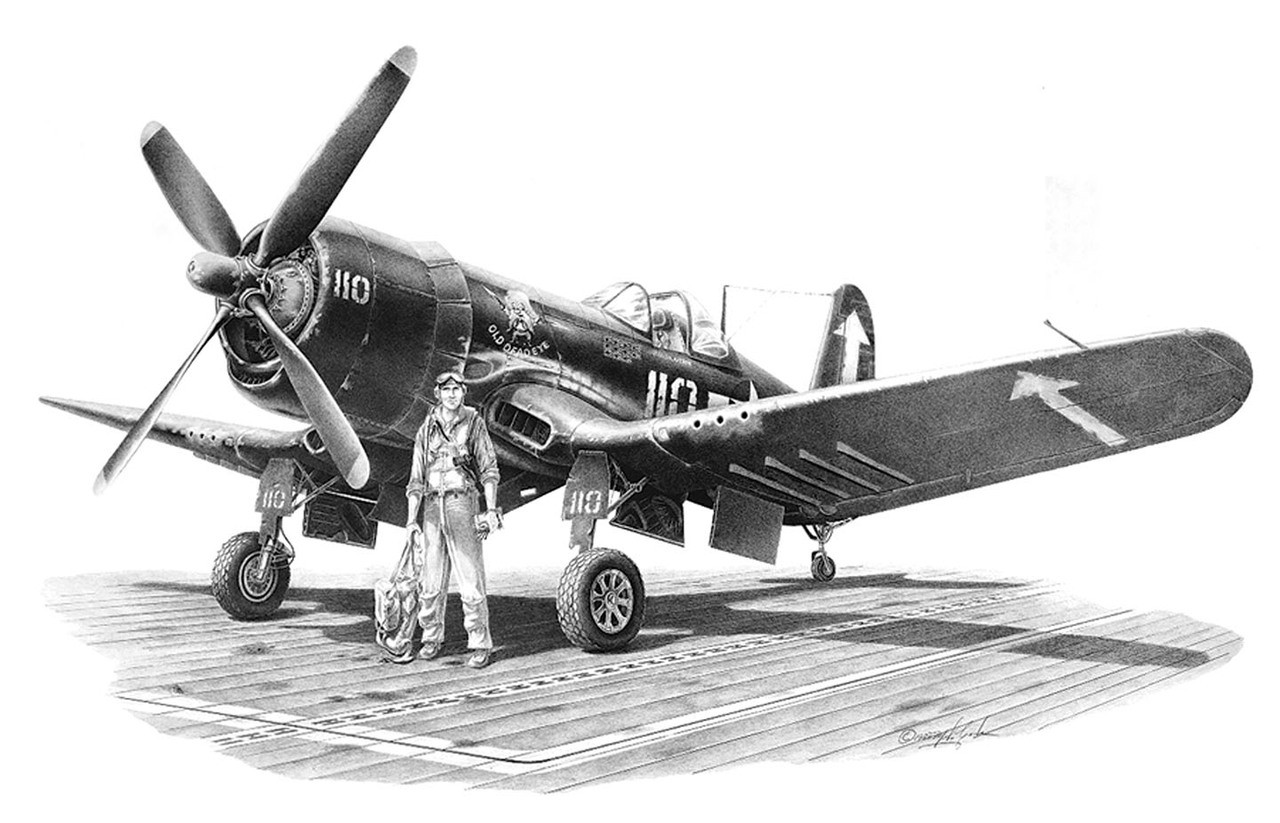

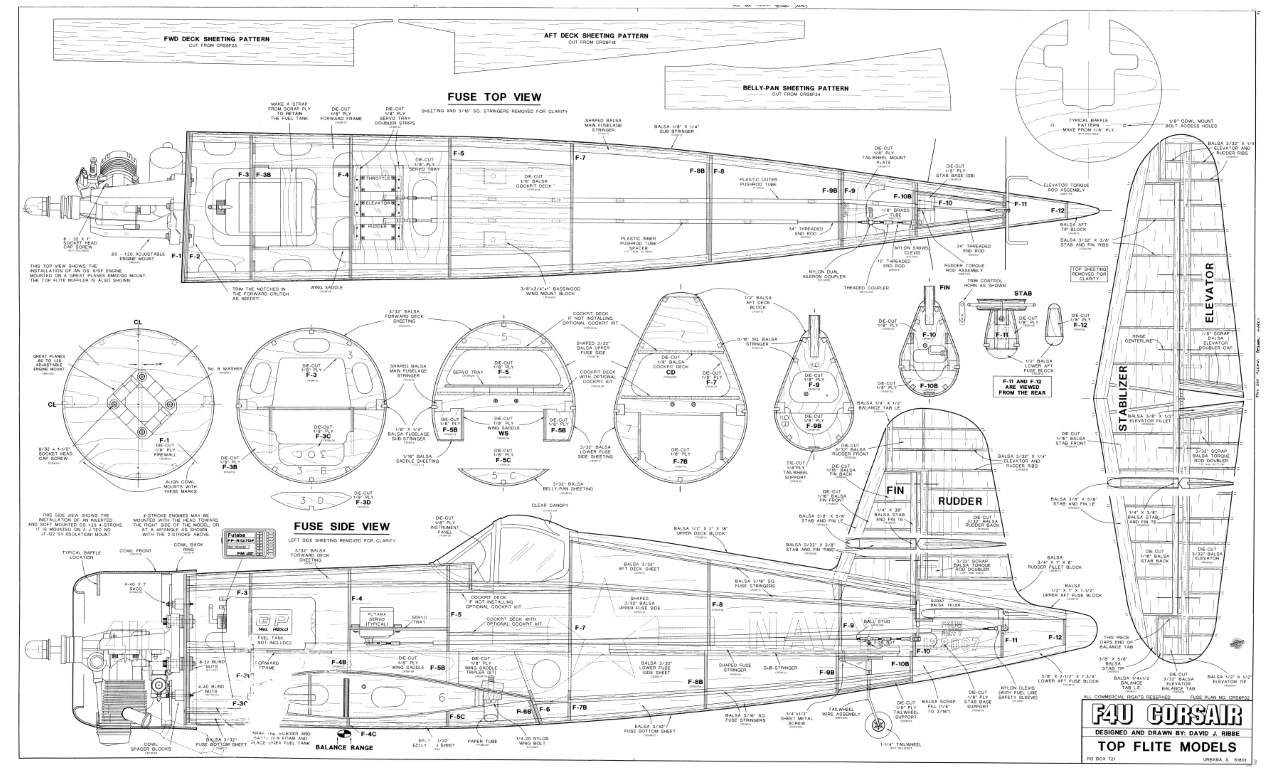

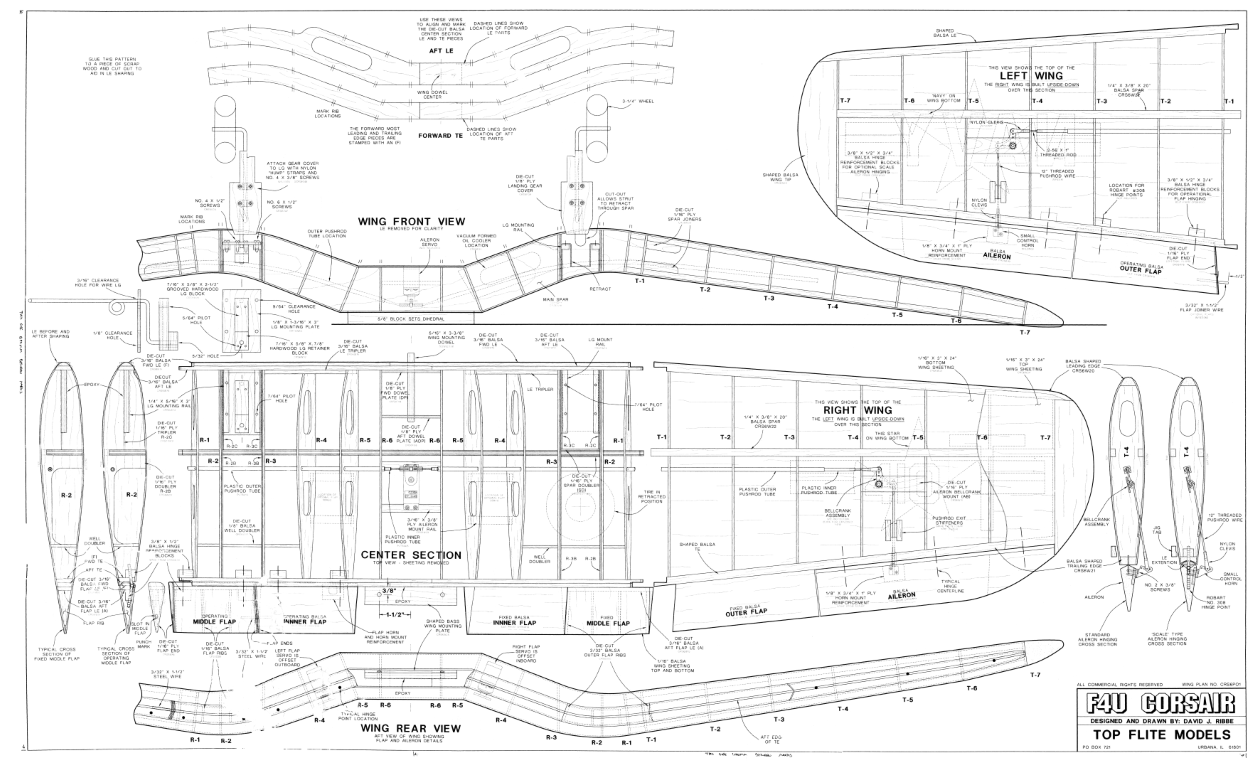






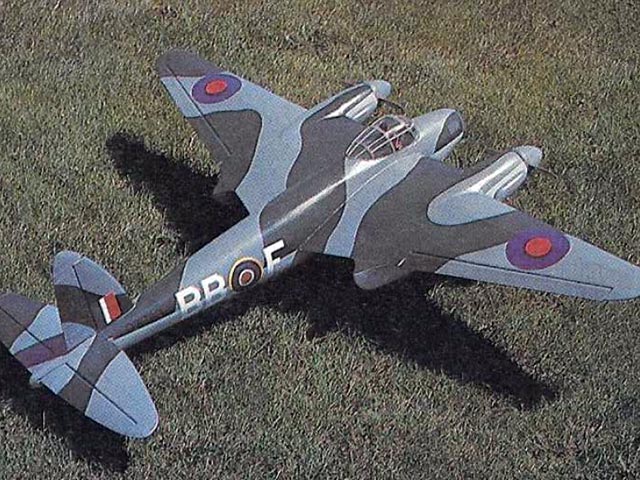

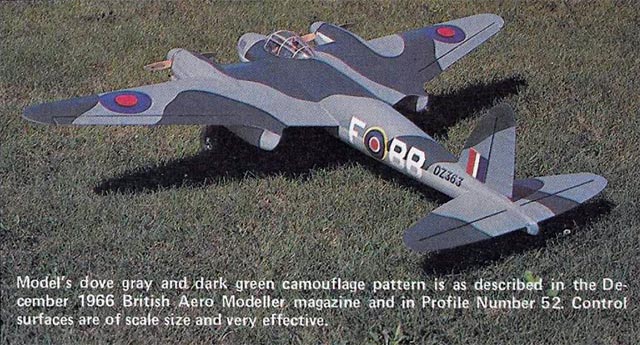

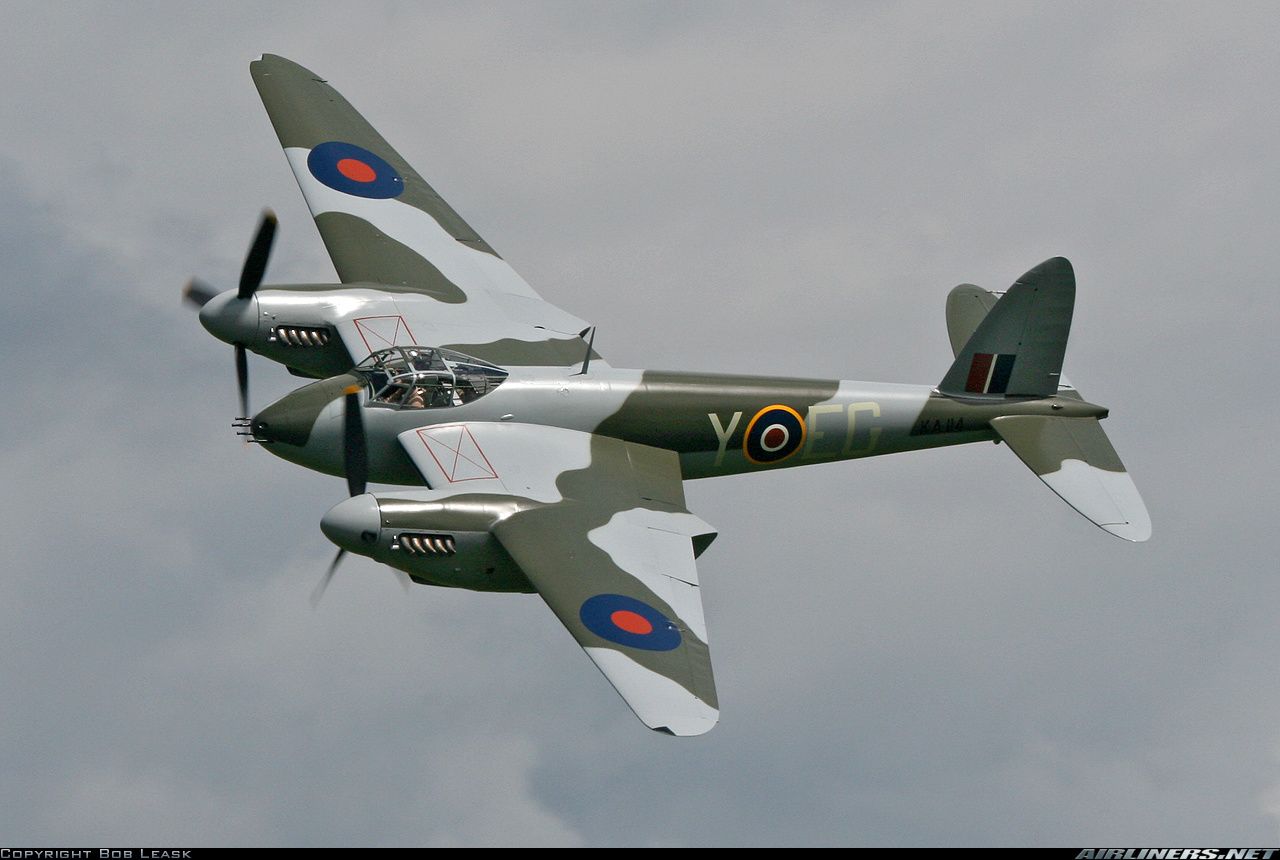
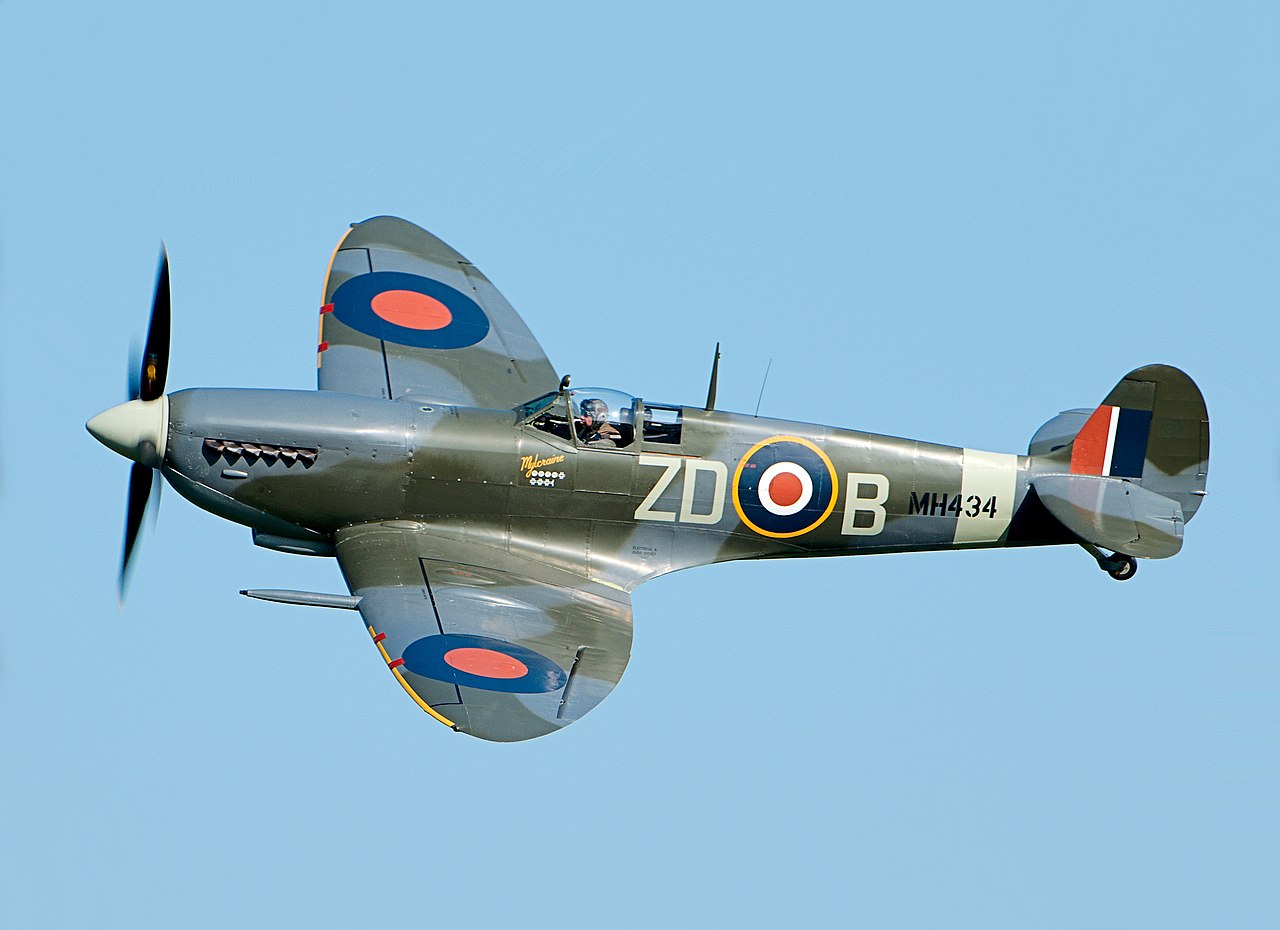
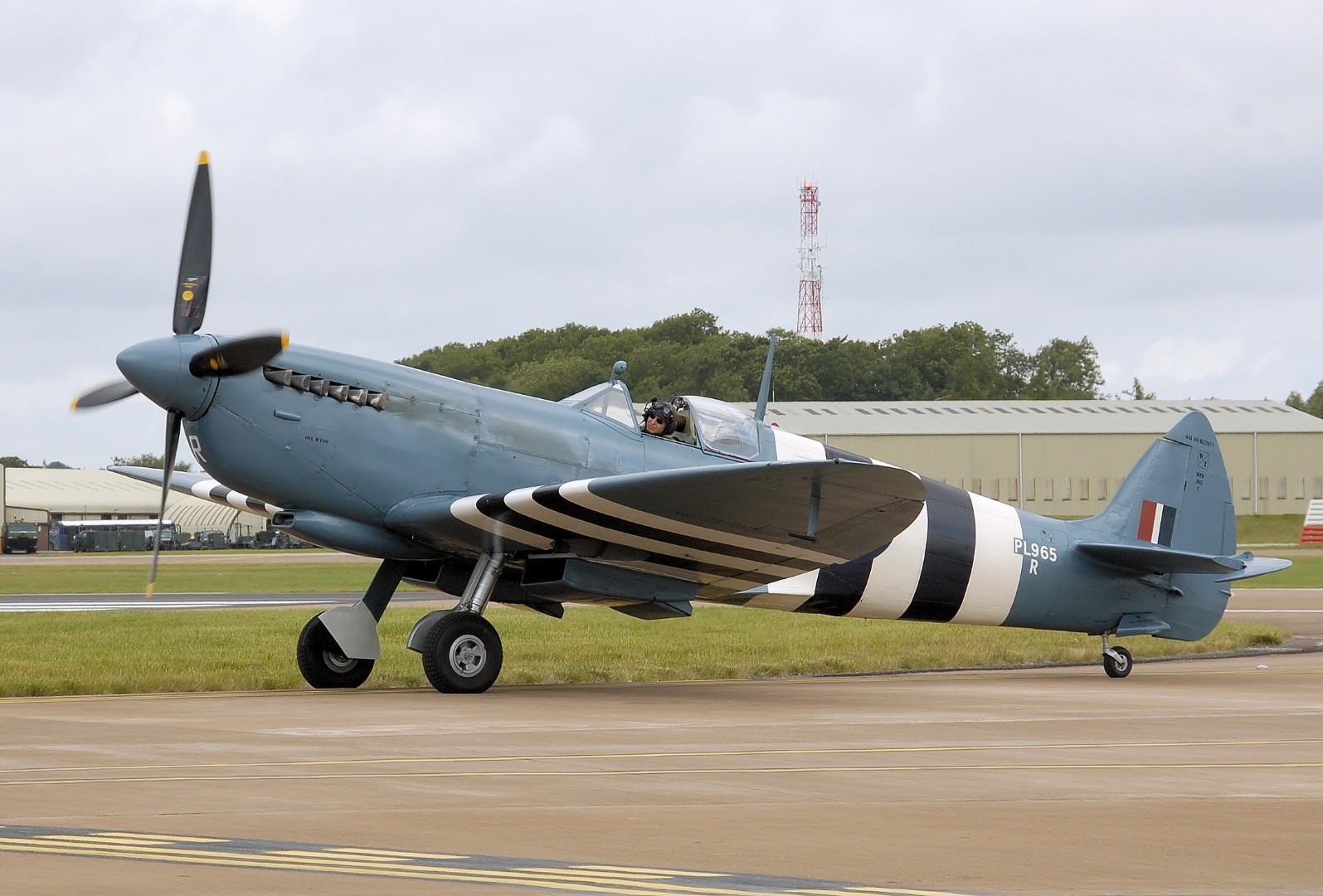
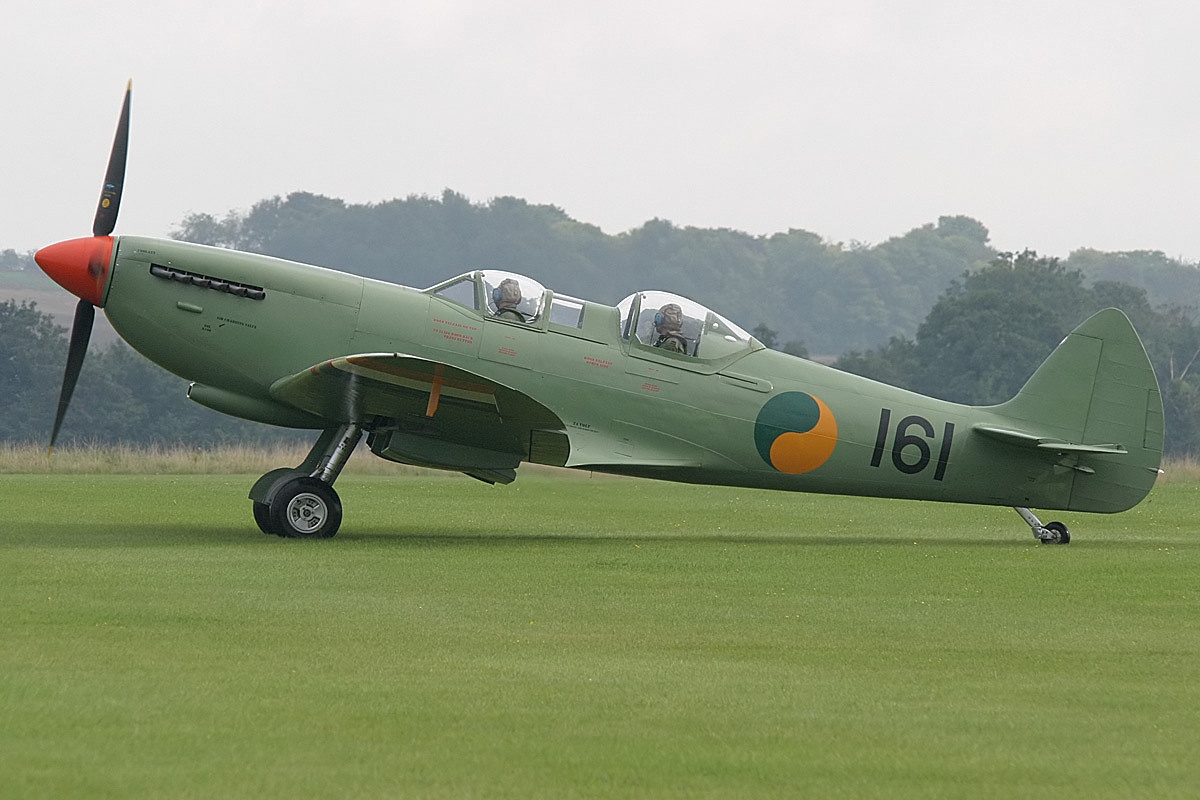
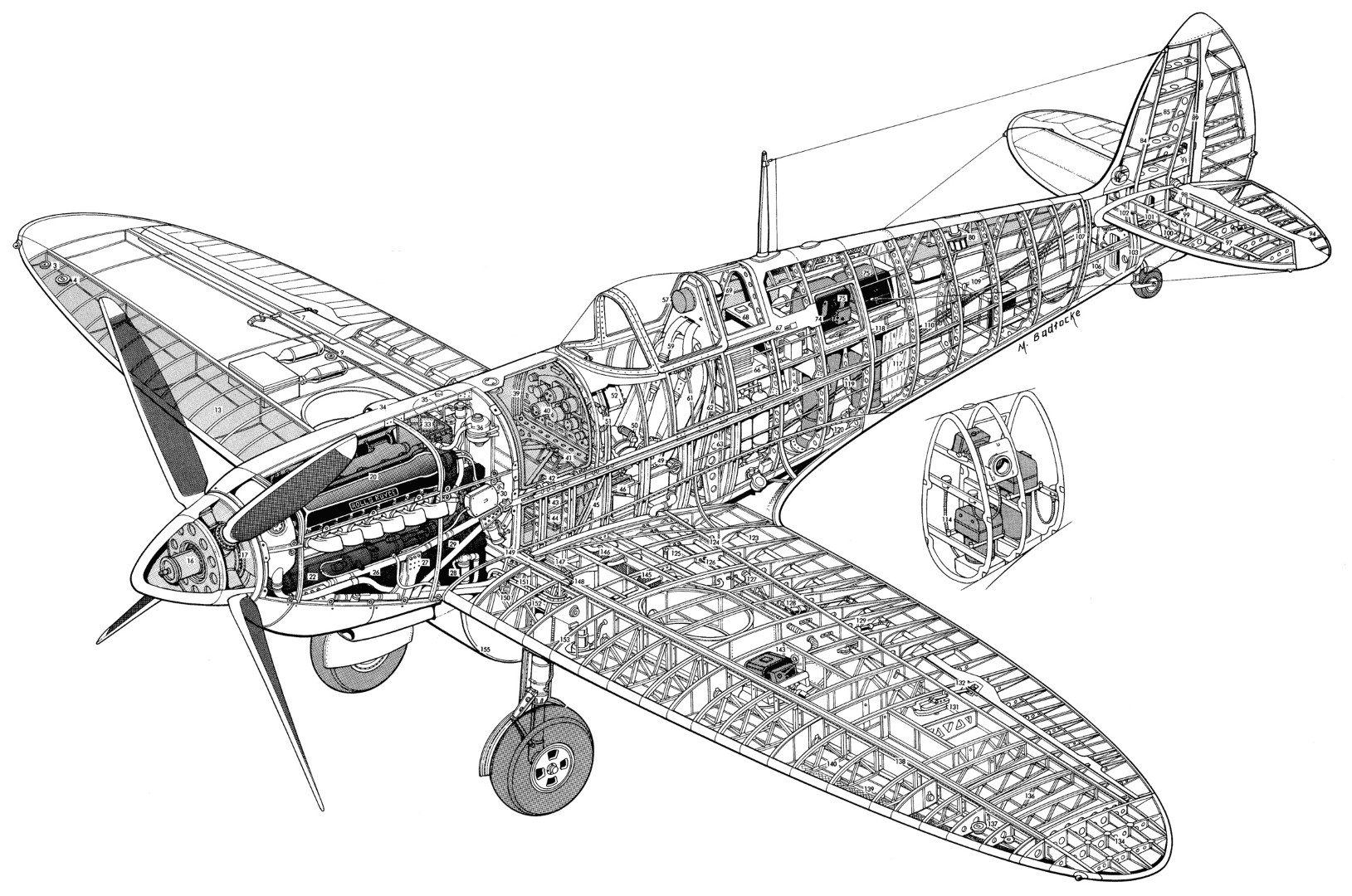



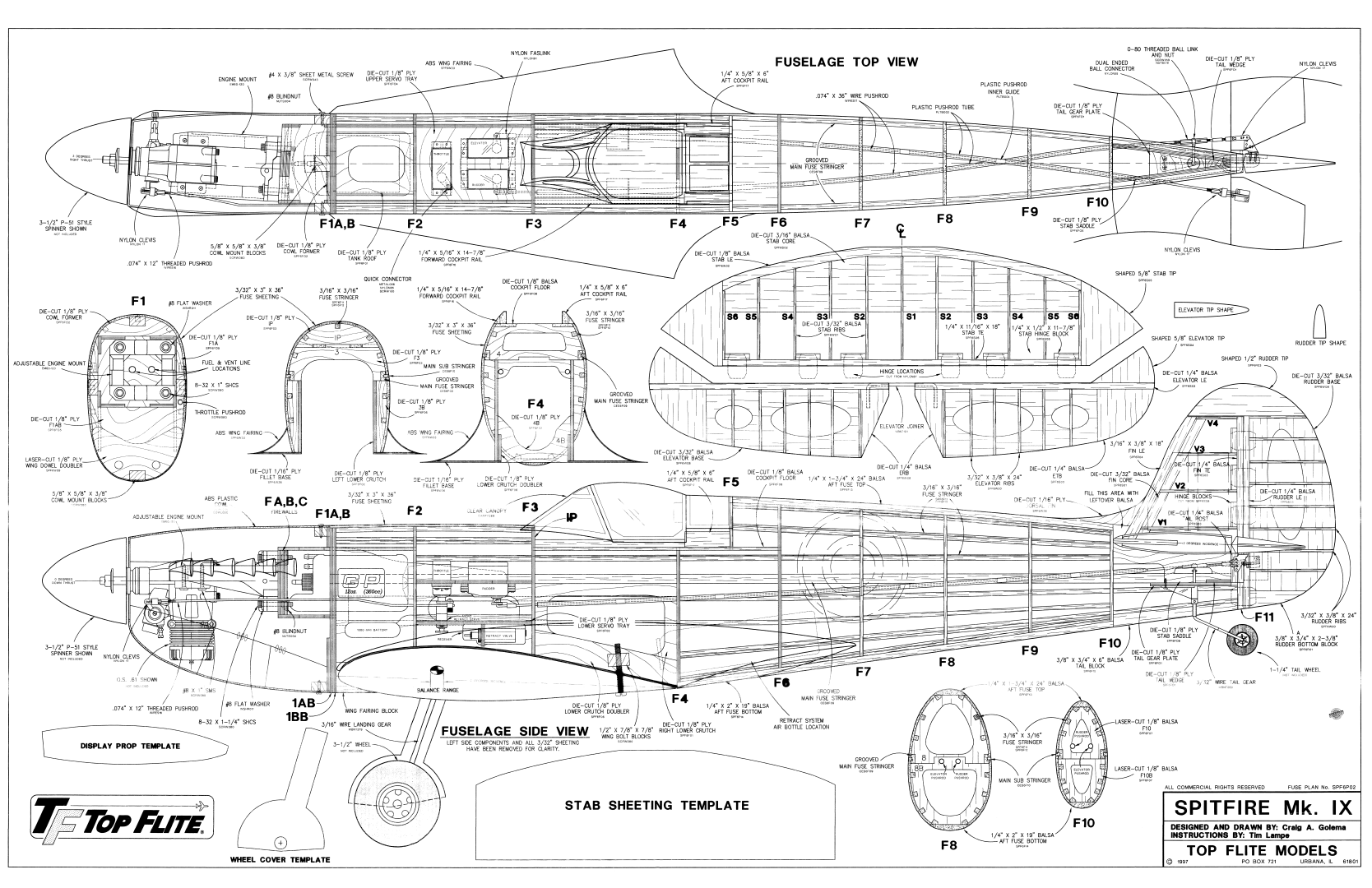
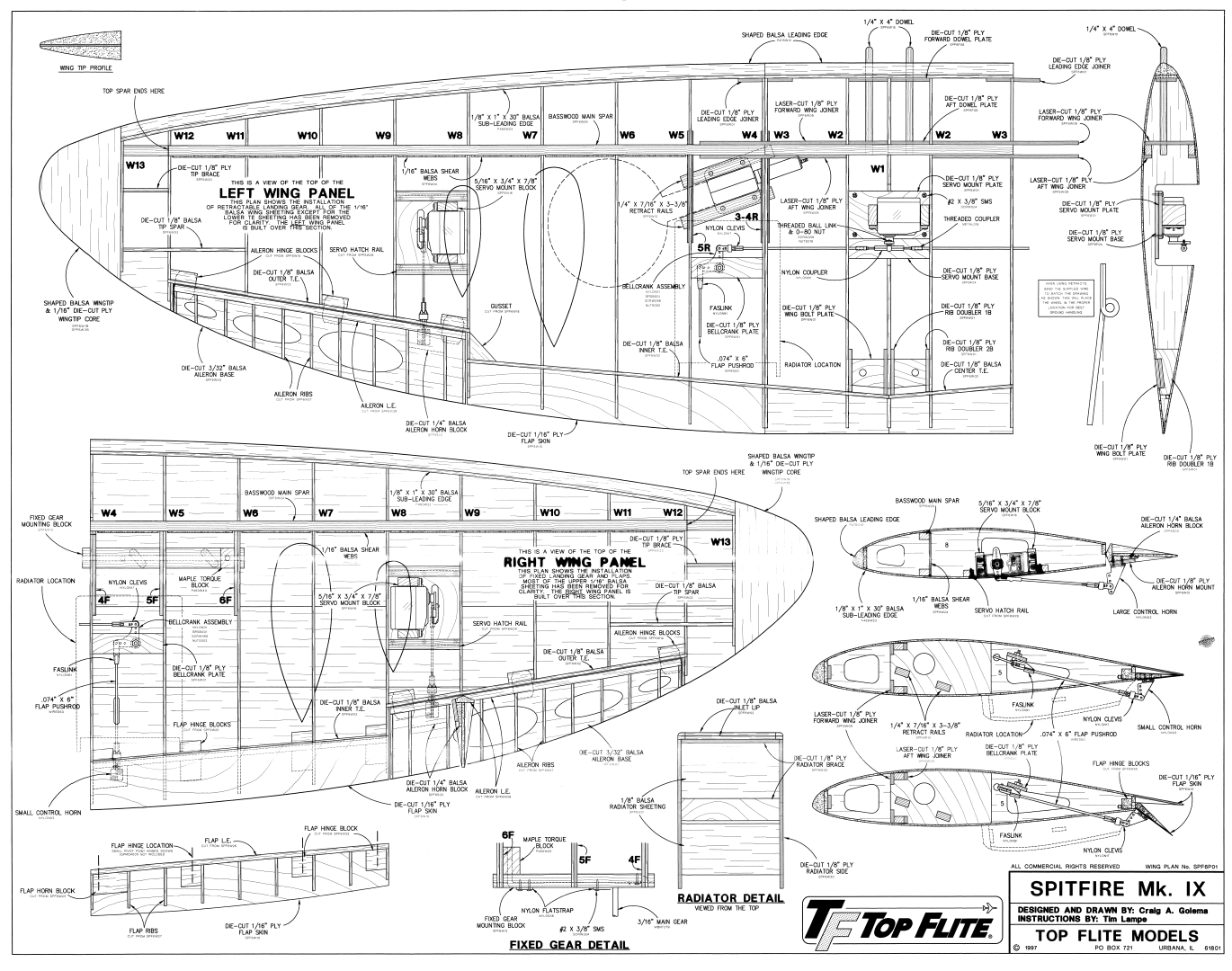

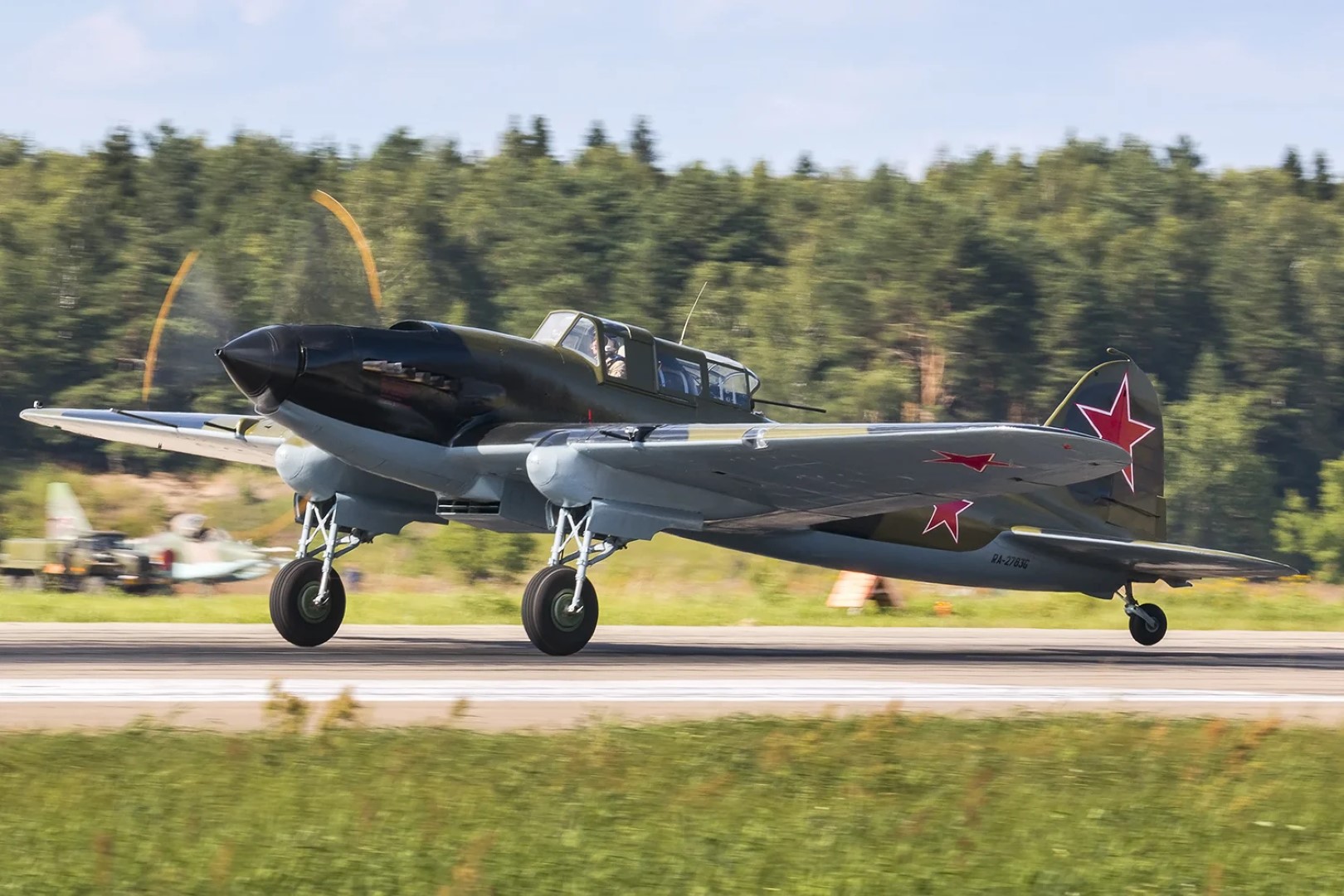
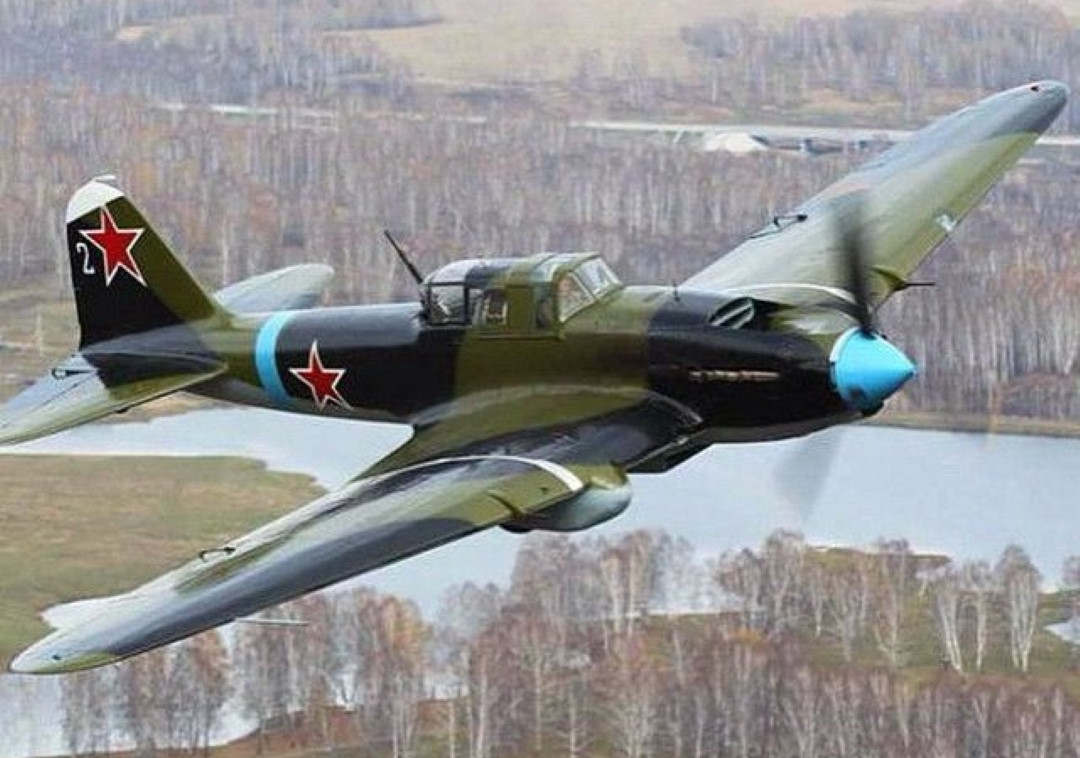
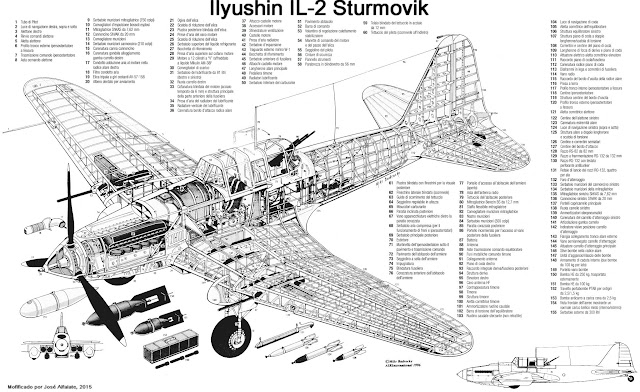
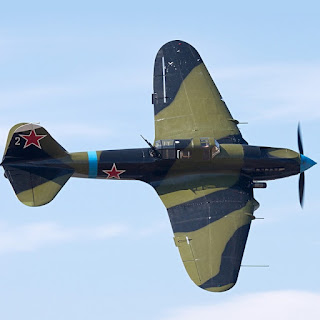
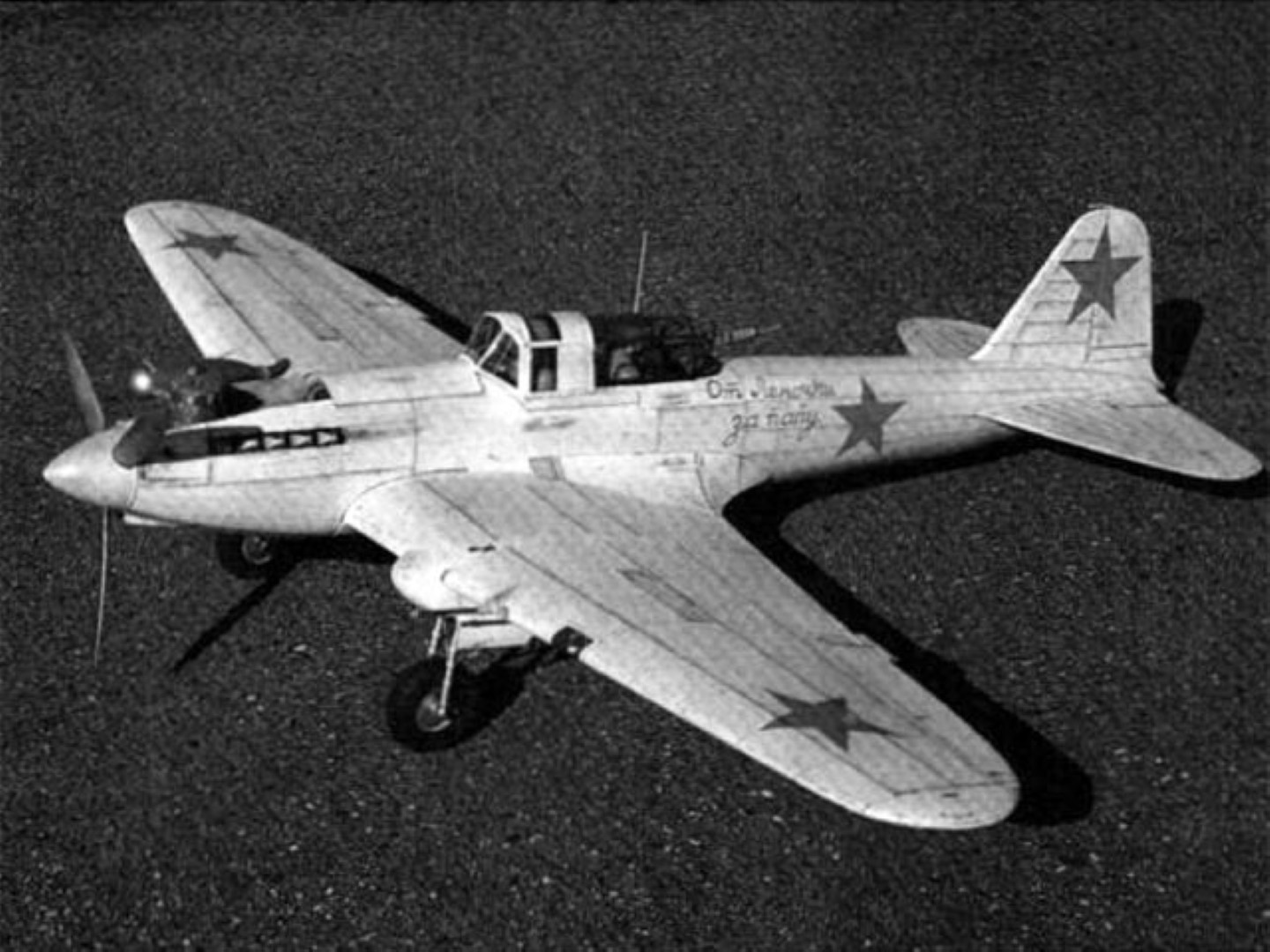
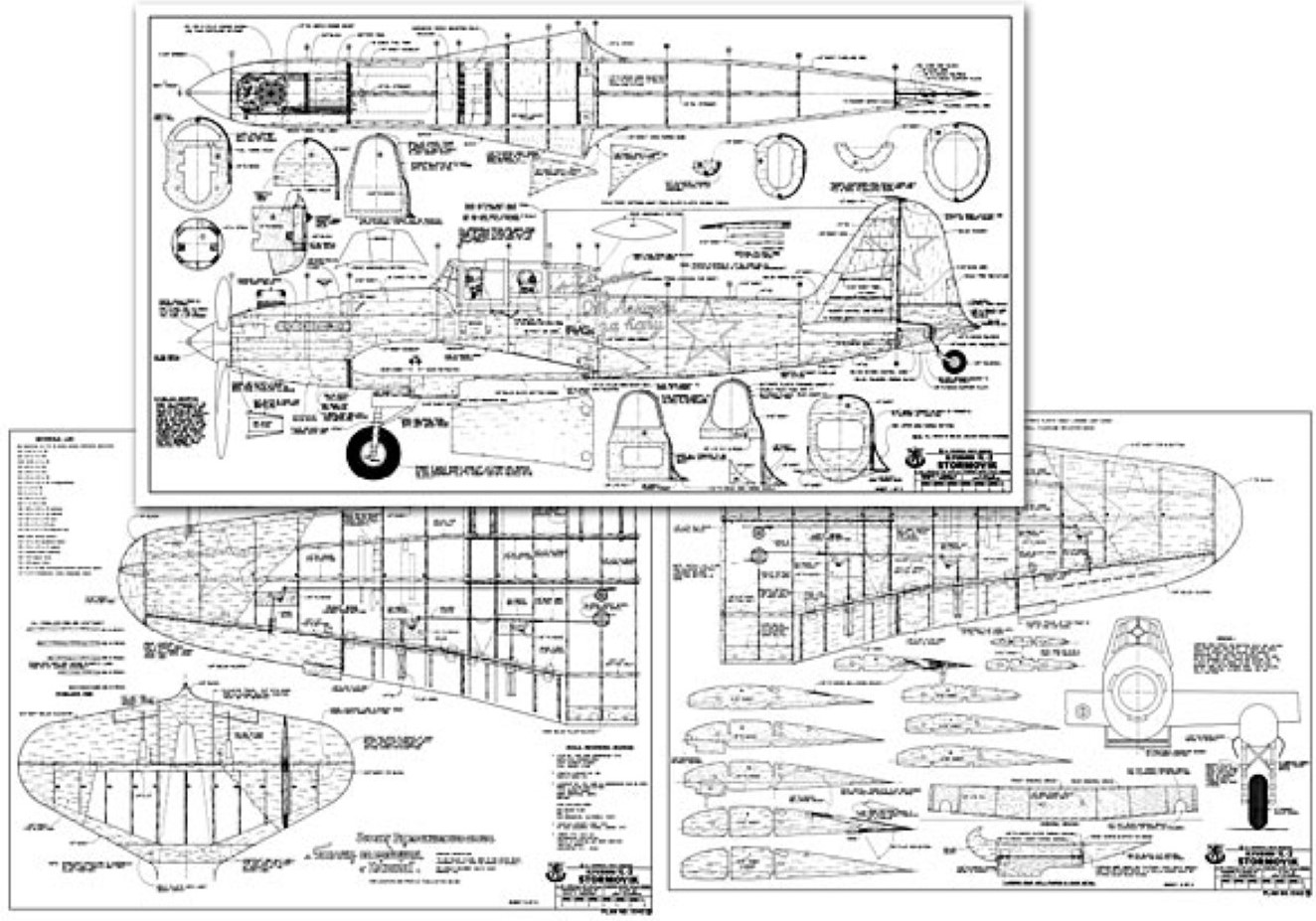

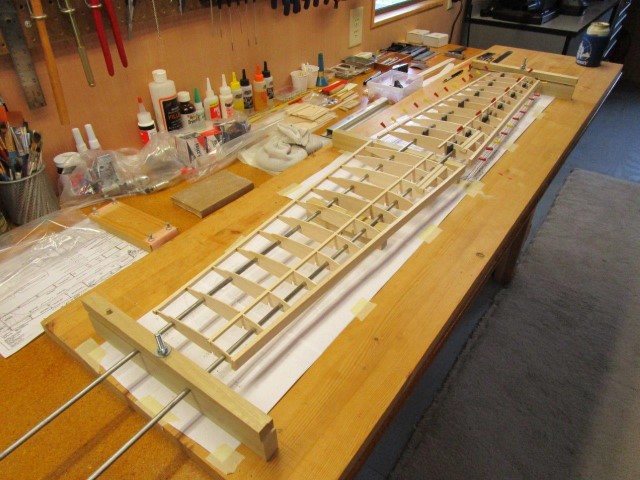
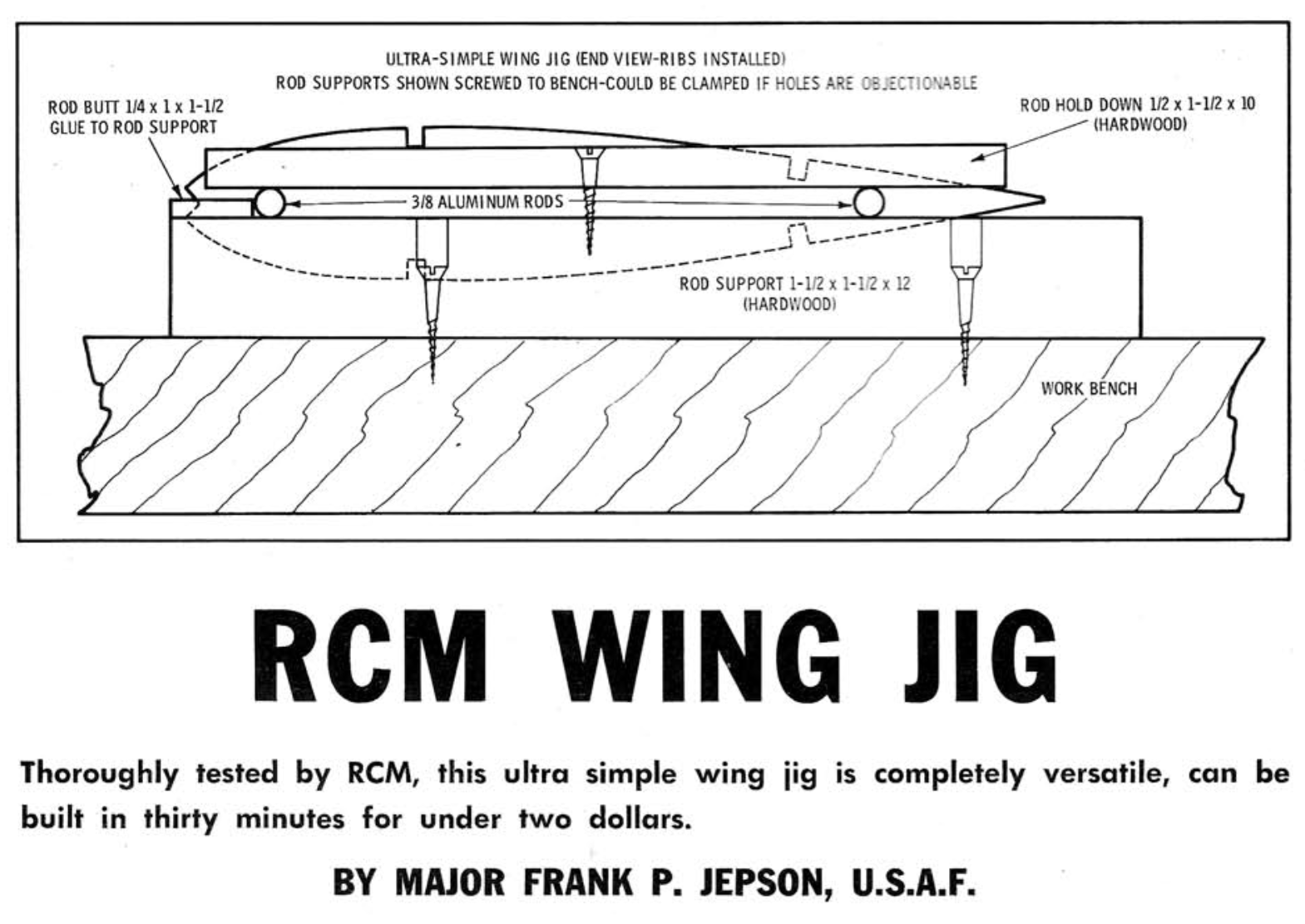
 All HTML & CSS Coded by Larry
All HTML & CSS Coded by Larry